Discover the 7 Reasons Why Japanese Commercials are So Entertaining and Memorable
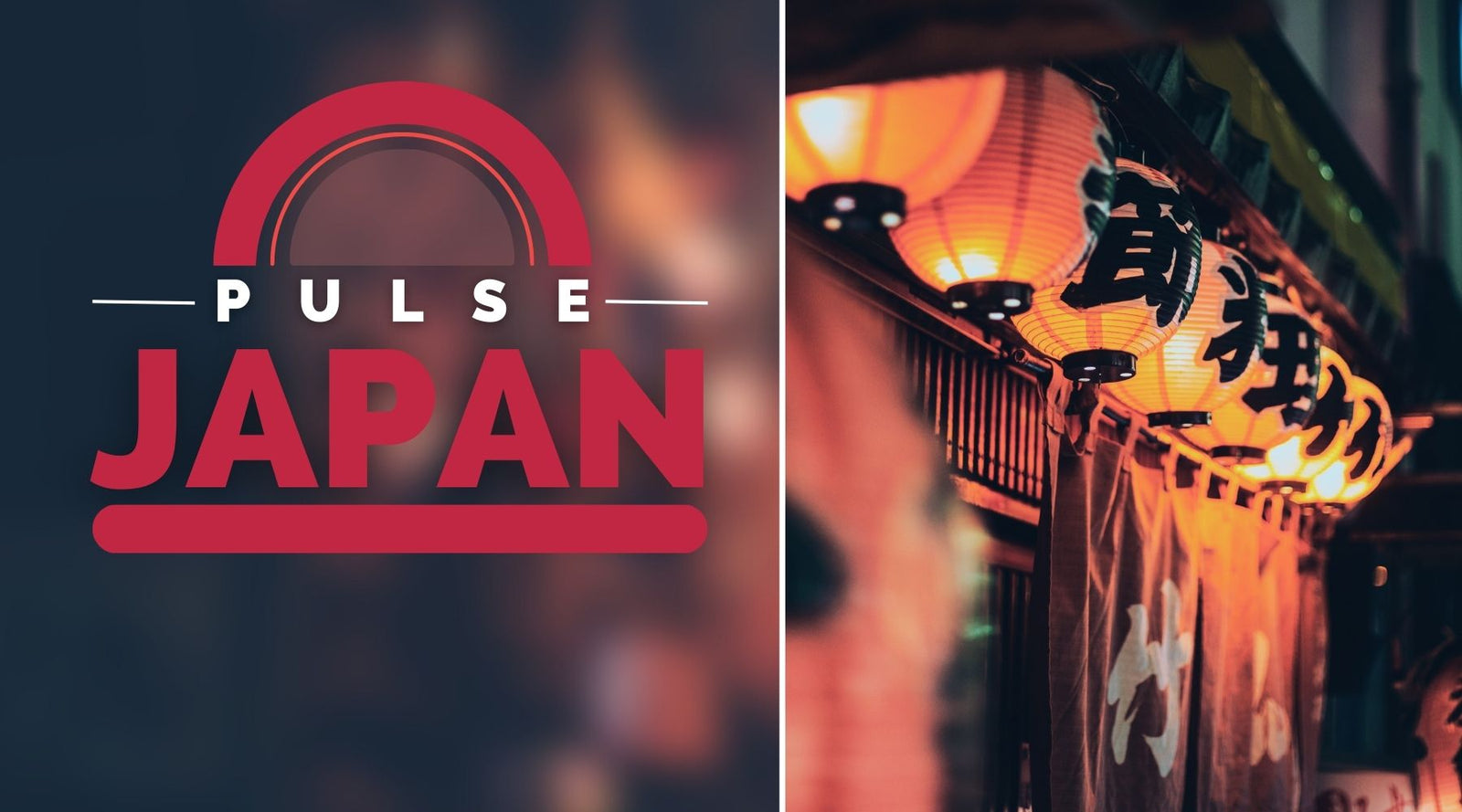
Japanese TV commercials are known for their quirky and entertaining nature
Japanese television commercials have developed a reputation around the world for being delightfully quirky, bizarre, and downright entertaining. More than just straightforward ads, Japanese commercials are mini-stories that showcase the creativity and humor that define much of Japanese pop culture. From dancing CGI mascots to celebrity cameos in wacky scenarios, Japanese commercials grab your attention and leave a lasting impression.
They provide a glimpse into Japanese culture and reflect a deep respect for consumers
Behind the zany antics, Japanese commercials reveal aspects of Japanese values and customs. Concepts like teamwork, harmony with nature, and respect for elders are commonly depicted. The ads also demonstrate a deep reverence for consumers. Instead of a hard sell, Japanese ads aim to entertain viewers and build warm feelings towards brands. This reflects the Japanese cultural emphasis on customer service and creating lifelong relationships versus one-time sales.
Reason #1: Soft Sell Approach
Explanation of the soft sell approach used in Japanese commercials

Unlike American commercials which often use a direct, hard-hitting approach, Japanese ads favor a soft sell method. The focus is on creating an emotional connection and gently leaving an impression rather than aggressively promoting product benefits and persuading viewers to buy.
Discussion of how this approach is more subtle and less aggressive, making it appealing to audiences
The soft sell allows consumers to enjoy the ad without feeling forced or pressured. High-pressure sales tactics can turn off viewers, while the more subtle, indirect approach makes Japanese commercials pleasant to watch. The lighthearted stories and images make the brand more approachable and likeable. This appeals strongly to Japanese sensibilities.
Reason #2: Short Messages
Explanation of the use of short messages in Japanese commercials
Japanese ads rely heavily on brief messages rather than lengthy product explanations or lists of features. A typical Japanese ad may state the product name, catchphrase, or concise description.
Discussion of how these short messages convey the product's essence efficiently
The short form messaging allows viewers to capture the essence of the product quickly. Extended pitches are seen as excessive in Japan. Getting the core idea across in a few words demonstrates confidence in the value of the product. It also requires creativity and thoughtfulness to distill the product down to its purest symbolic form. The minimalist approach aligns with Japanese aesthetic principles.
Reason #3: Songs and Celebrities
Explanation of the use of songs and celebrities in Japanese commercials

Music is heavily integrated in Japanese ads, with original songs and jingles written specifically for commercials. Japanese celebrities also frequently appear in commercials, even major stars across music, film, and athletics. Top celebrities acting in ads is much more common compared to Western media.
Discussion of how these elements make the commercials more entertaining and memorable
The music and celebrity aspects enhance the entertainment value and memorability of the ads. Upbeat jingles get stuck in viewers' heads while celebrity appearances generate buzz and engagement. Fans are delighted to see their favorite stars. The celebrities also lend their cool, aspirational image to the brand. This effective pairing captures audience attention and generates goodwill.
Reason #4: Female Voice-Overs
Explanation of the use of female voice-overs in Japanese commercials
Japanese ads frequently rely on female voice-over narration, known as oyayubi sagashi style. The disembodied female voice provides commentary or interpretation while visuals illustrate the narrative.
Discussion of how this adds a unique touch and appeals to the audience
The soothing, maternal vocal style is reassuring and warm. The voice-over approach adds a layer of humanity and connection. The familiar trope has become comfortingly ubiquitous. The female voice is able to transcend age groups and gender in its appeal. This storytelling technique gives Japanese ads a recognizable signature.
Reason #5: Still Graphics
Explanation of the use of still graphics in Japanese commercials
Minimal movement and animation is another hallmark of Japanese ads. Often a succession of still images progresses the story instead of continuous motion. Text and graphics play a prominent role in the visual landscape.
Discussion of how these visuals enhance the overall appeal and message of the commercial
The simpler graphical approach allows viewers to focus on the core message rather than getting distracted. Clean aesthetics also align with Japanese design principles. Negative space and visual silence have power. The story can be told imaginatively while leaving breathing room for the viewer’s mind to fill in details. This interactive engagement creates a satisfying viewer experience.
Reason #6: Eye-Catching Imagery
Explanation of the use of eye-catching imagery in Japanese commercials

While Japanese ads value simplicity, they also employ strange, surreal, and surprising imagery. Odd juxtapositions, clever metaphors, and absurd situations abound.
Discussion of how this grabs the viewer's attention and makes the commercial stand out
The unexpected visual combinations jolt the viewer and create intrigue and delight. It sticks in the memory in a way straightforward product shots do not. The indirect associations require some mental participation to decode the symbolism. This active viewing process imprints the commercial deeper in the mind. The novel images also help the ad stand out in a crowded media landscape.
Reason #7: Conveying Essence through Appearance
Explanation of the importance of conveying essence through appearance in Japanese culture
Japanese aesthetics focus on conveying the inner essence or spirit of something through carefully crafted appearances. Physical form contains deeper meaning.
Discussion of how this philosophy is reflected in Japanese commercials and adds to their entertainment value
This belief system manifests in the production of Japanese ads. Every visual and narrative element is deliberately constructed to communicate core values and qualities of the product on multiple levels. Viewers are receptive to decoding the layered symbolic messages. The essence-focused approach infuses creativity and meaning into the commercials, enhancing the experience.
Conclusion
Summary of the 7 reasons why Japanese commercials are entertaining and memorable
In summary, Japanese commercials utilize a soft sell approach, short messages, celebrities, female narration, minimalist visuals, surreal imagery, and essence-focused communication to craft entertaining stories that artfully promote products. The ads provide amusement while offering a peek into Japanese values and consumer respect. Global audiences can appreciate Japanese commercials for their humor, artistry, and insight into Japanese culture.
Encouragement for readers to appreciate the artistry behind Japanese adverts
Beyond simply selling products, Japanese commercials reveal a deeply creative culture and a unique approach to storytelling. Next time you encounter a bizarre Japanese ad, take a moment to soak in the craft behind it. Let the surreal imagery and unconventional techniques wash over you. You may just see advertising in a whole new light. The artistic vision behind Japanese commercials deserves recognition and respect from audiences around the world.




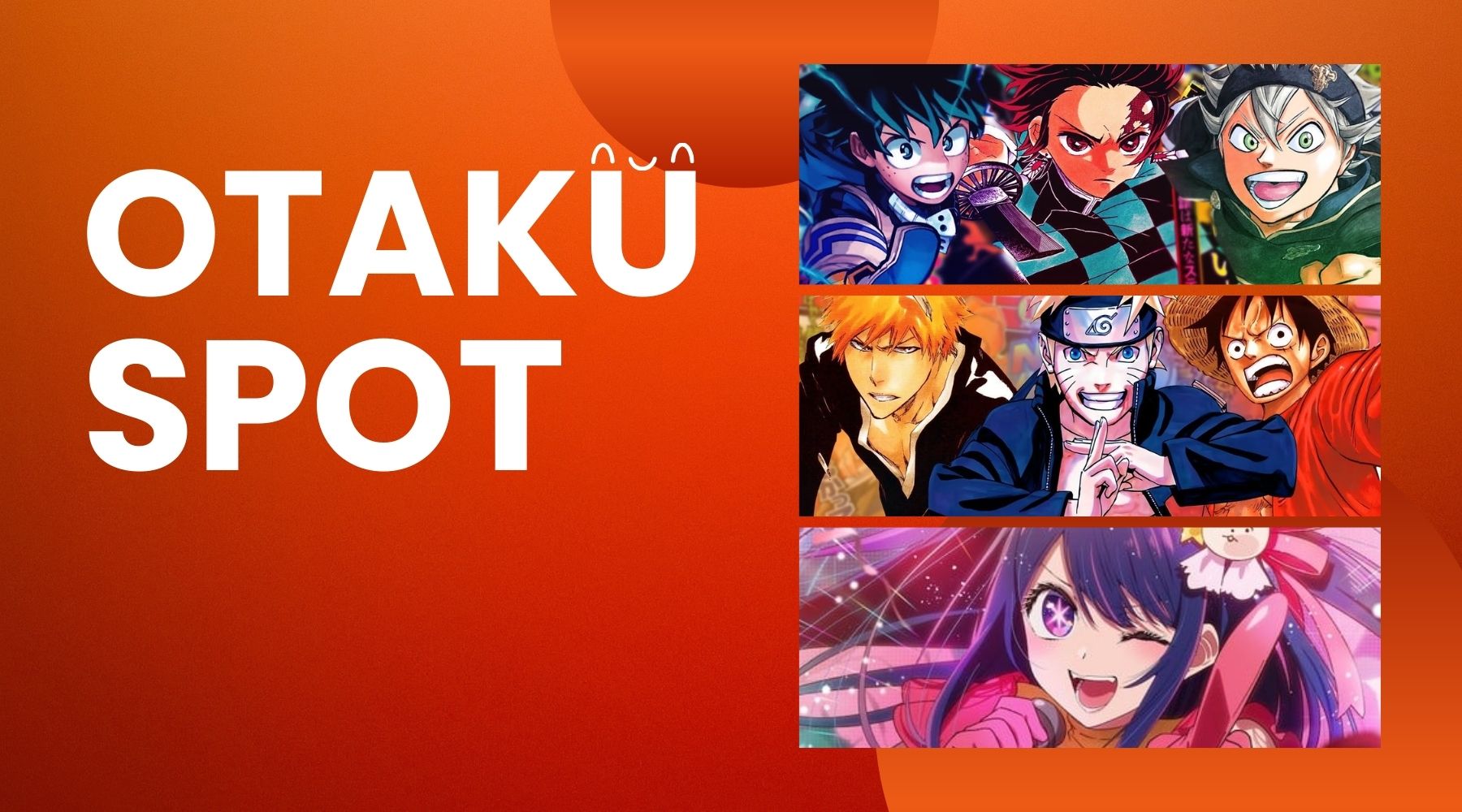
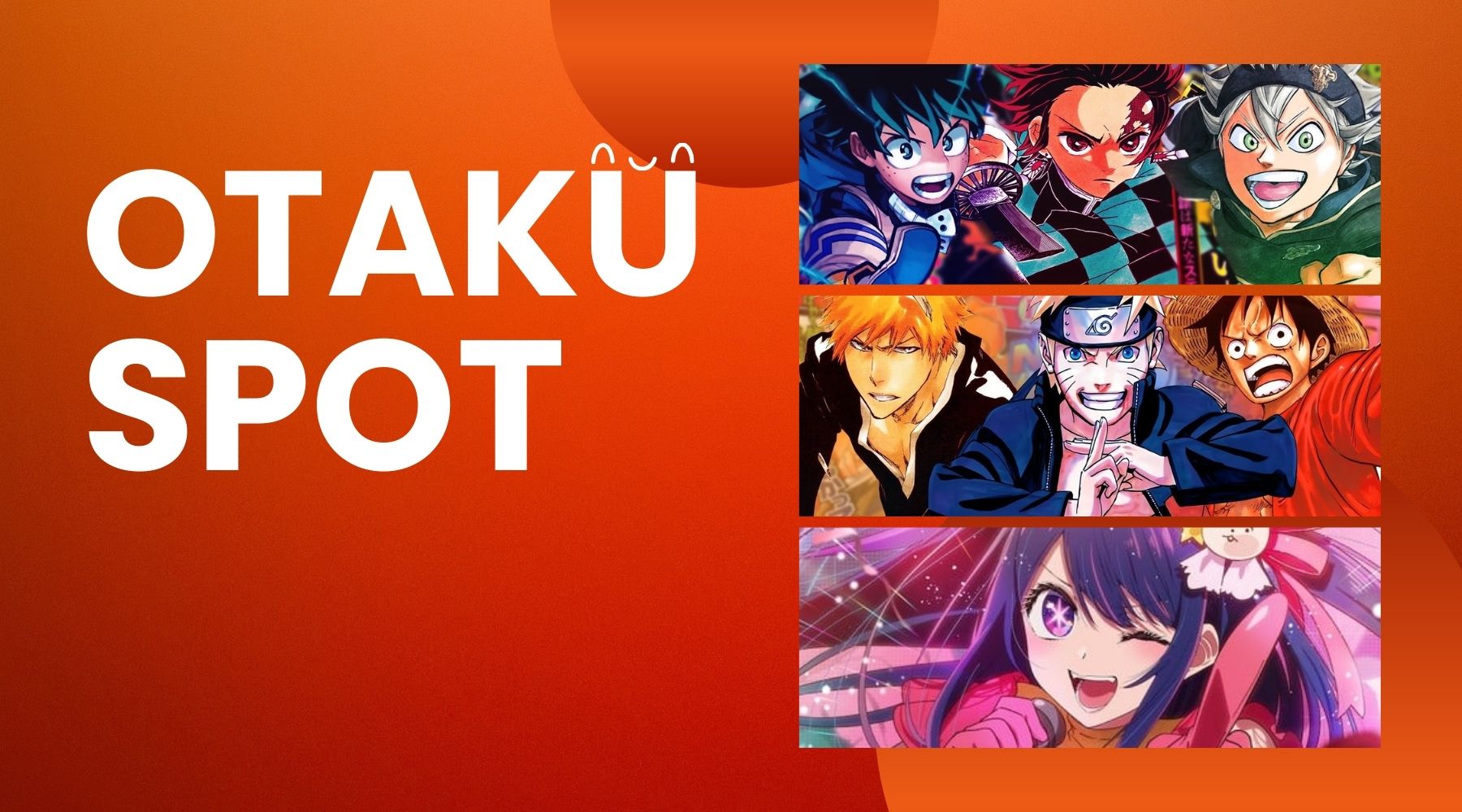
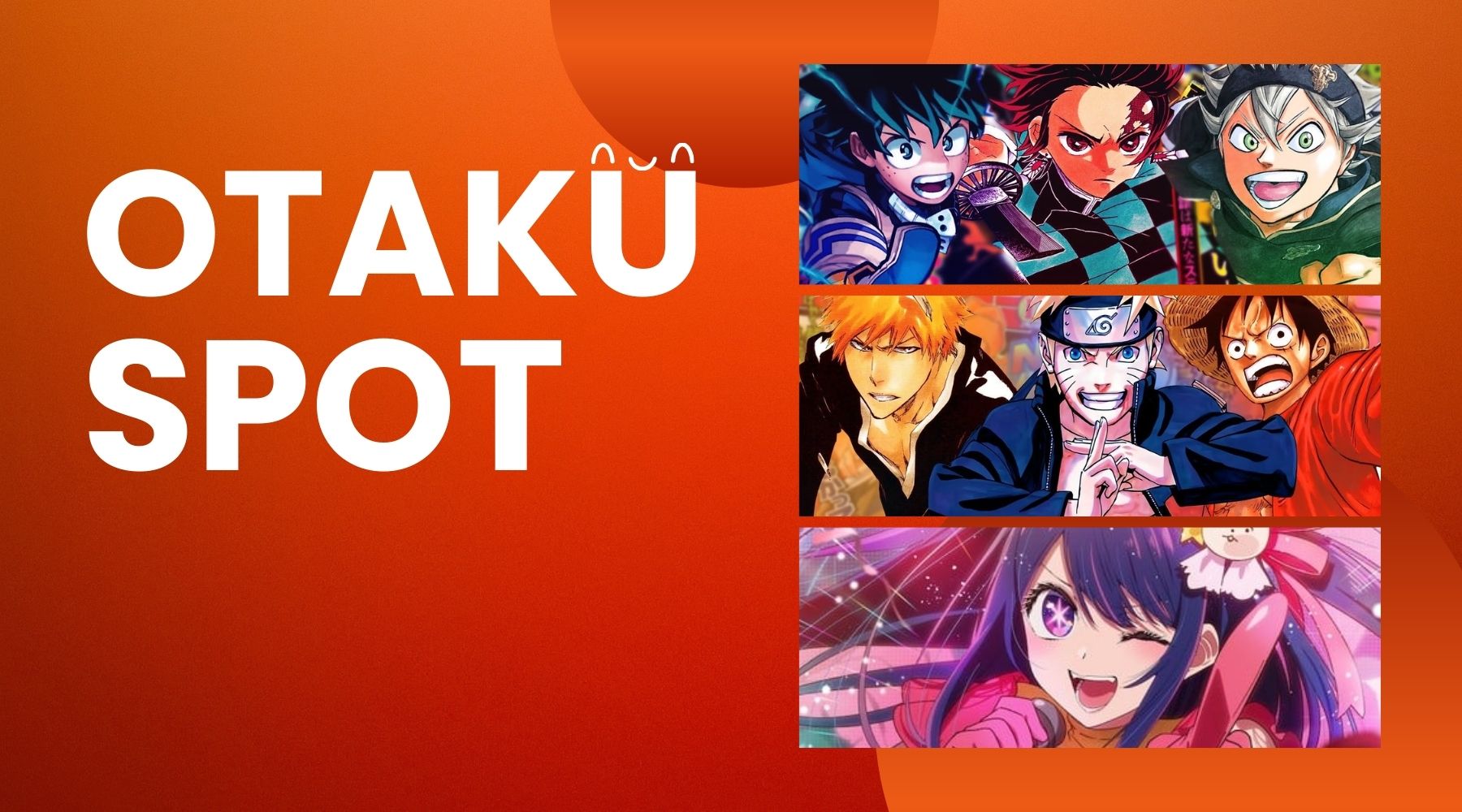
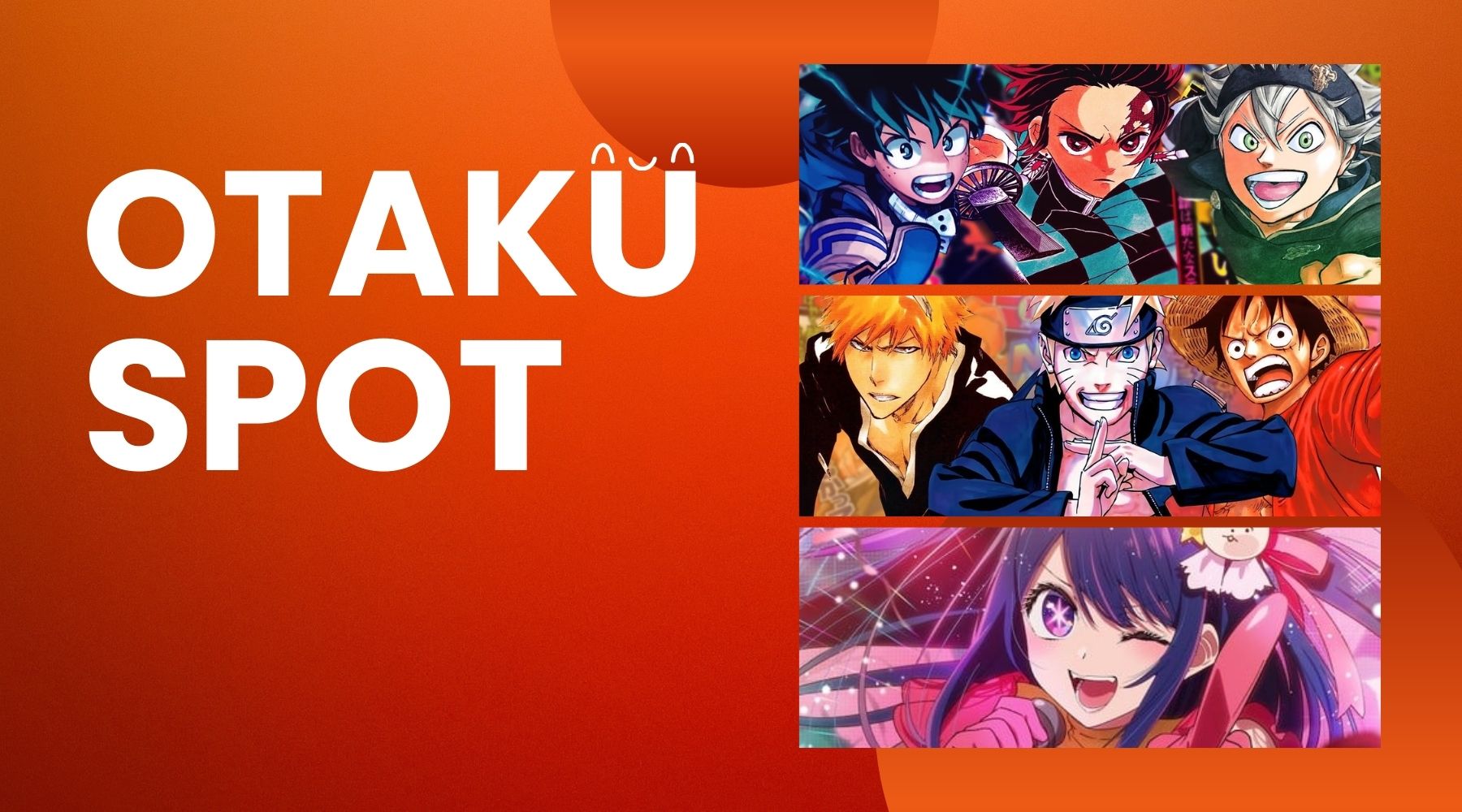
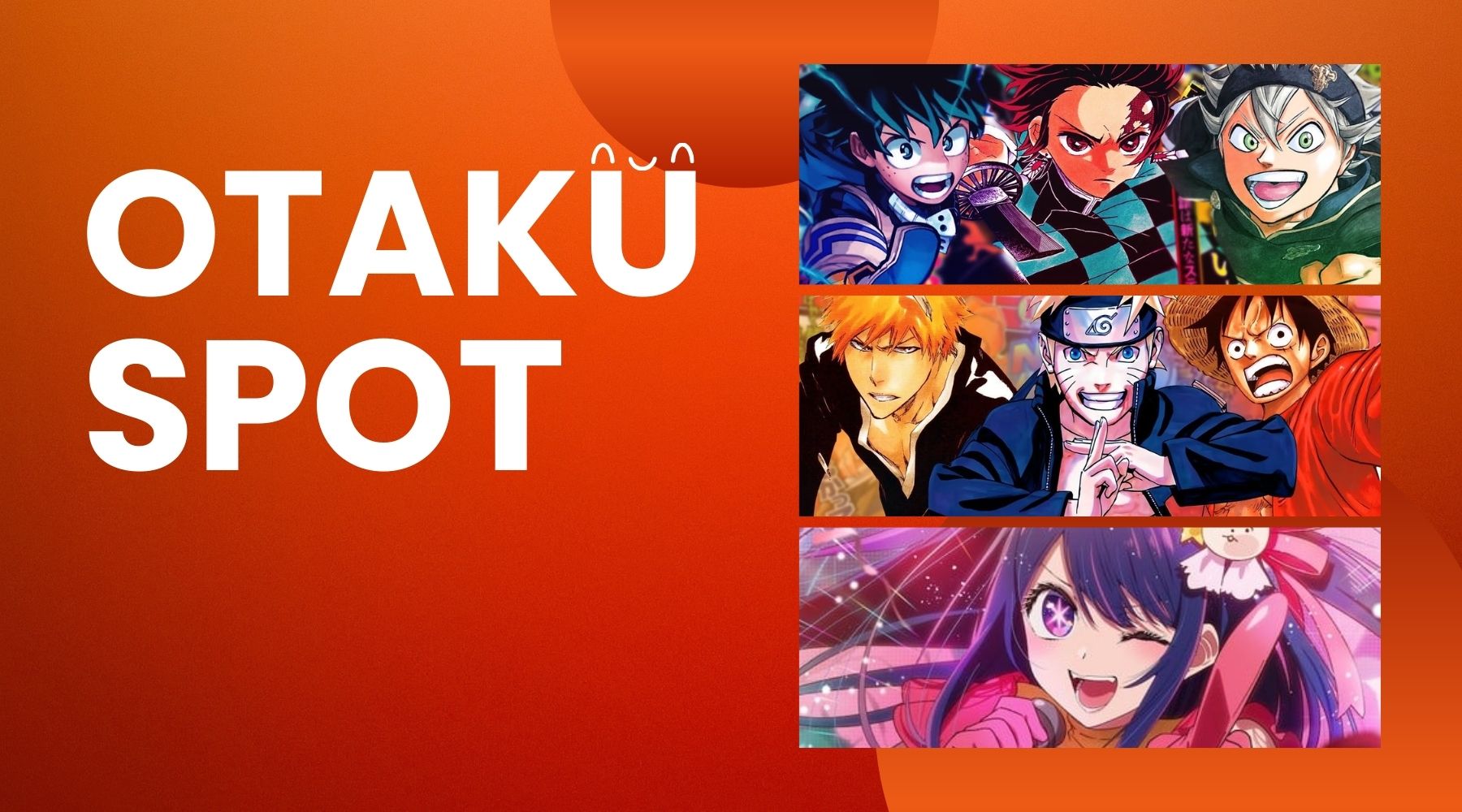
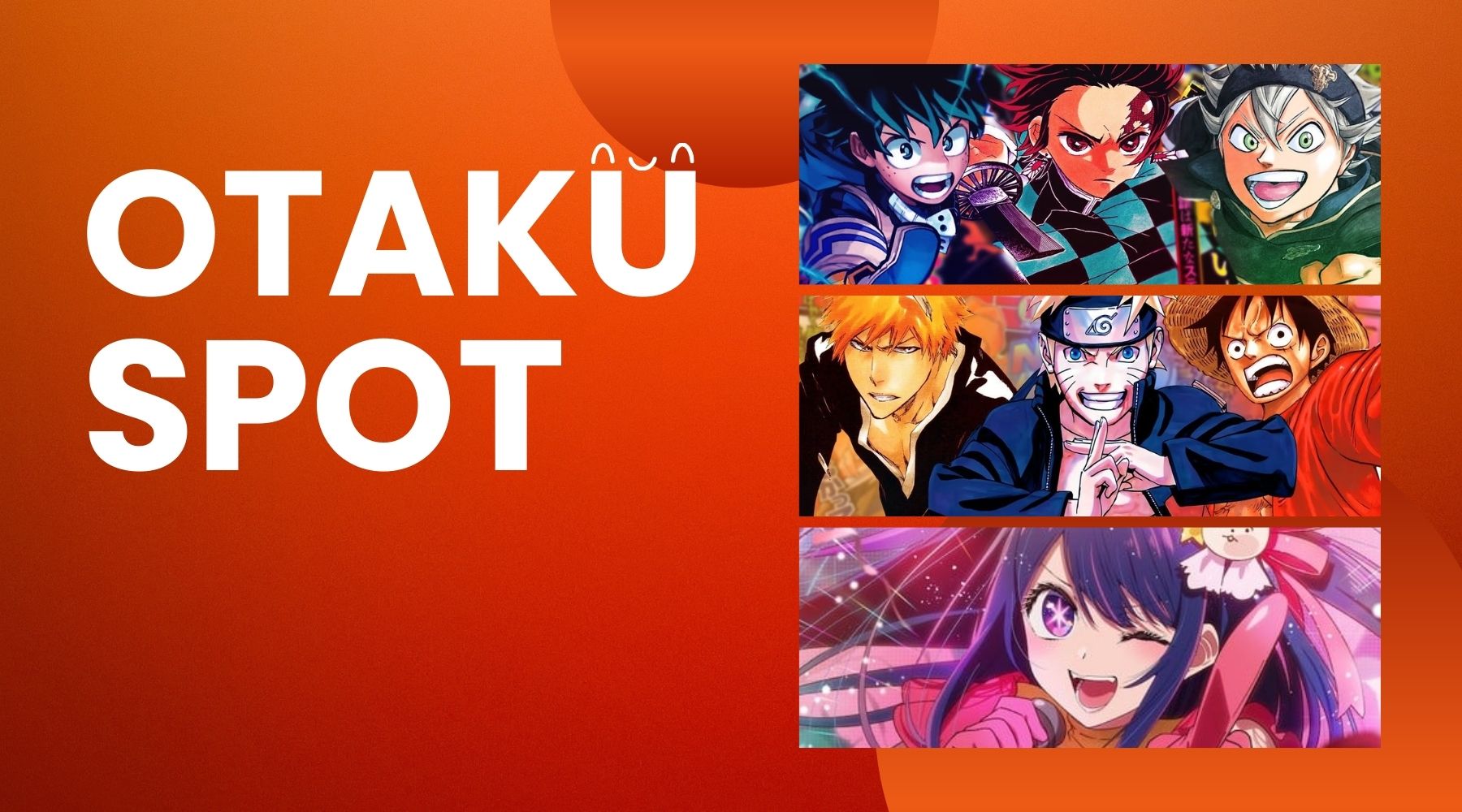


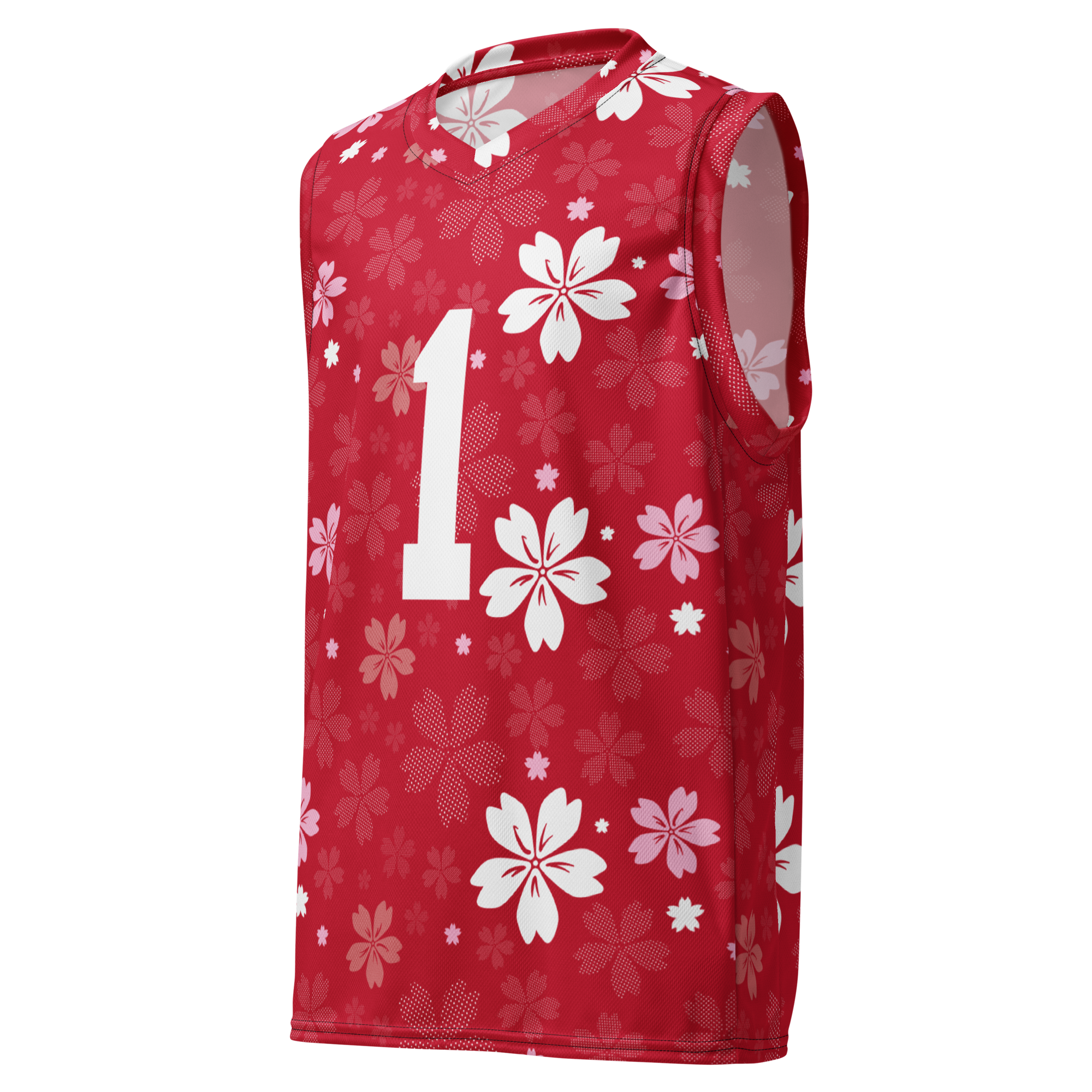
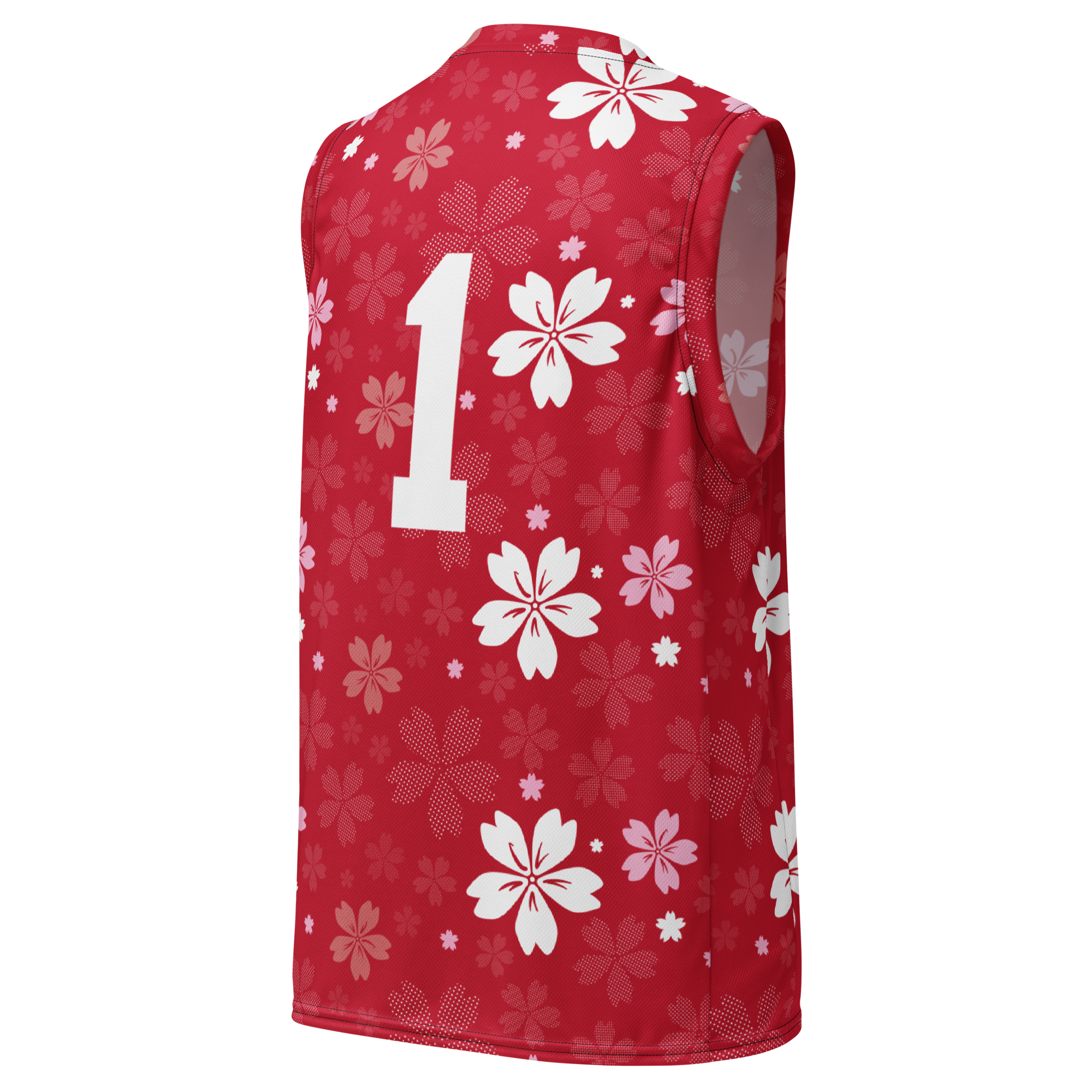
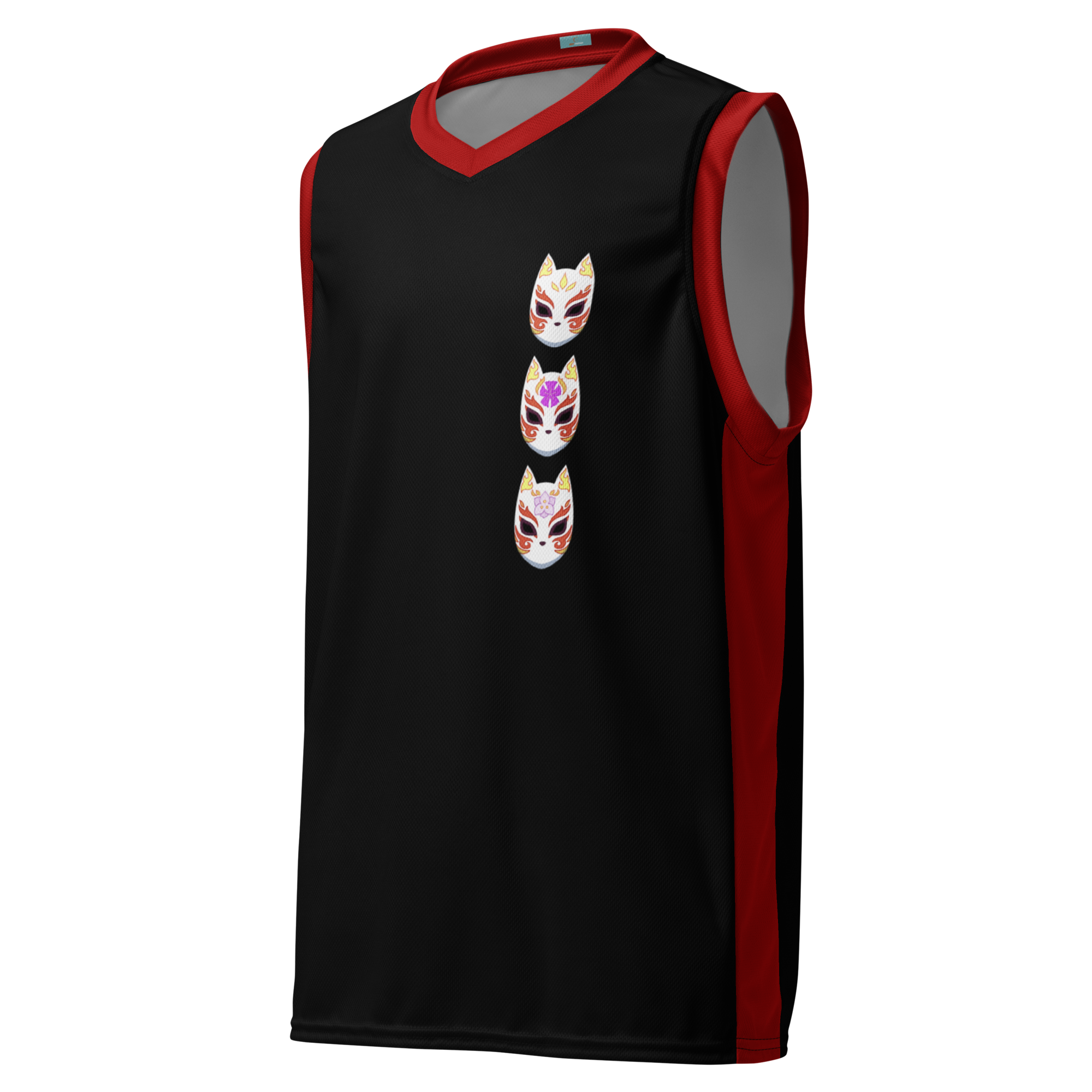
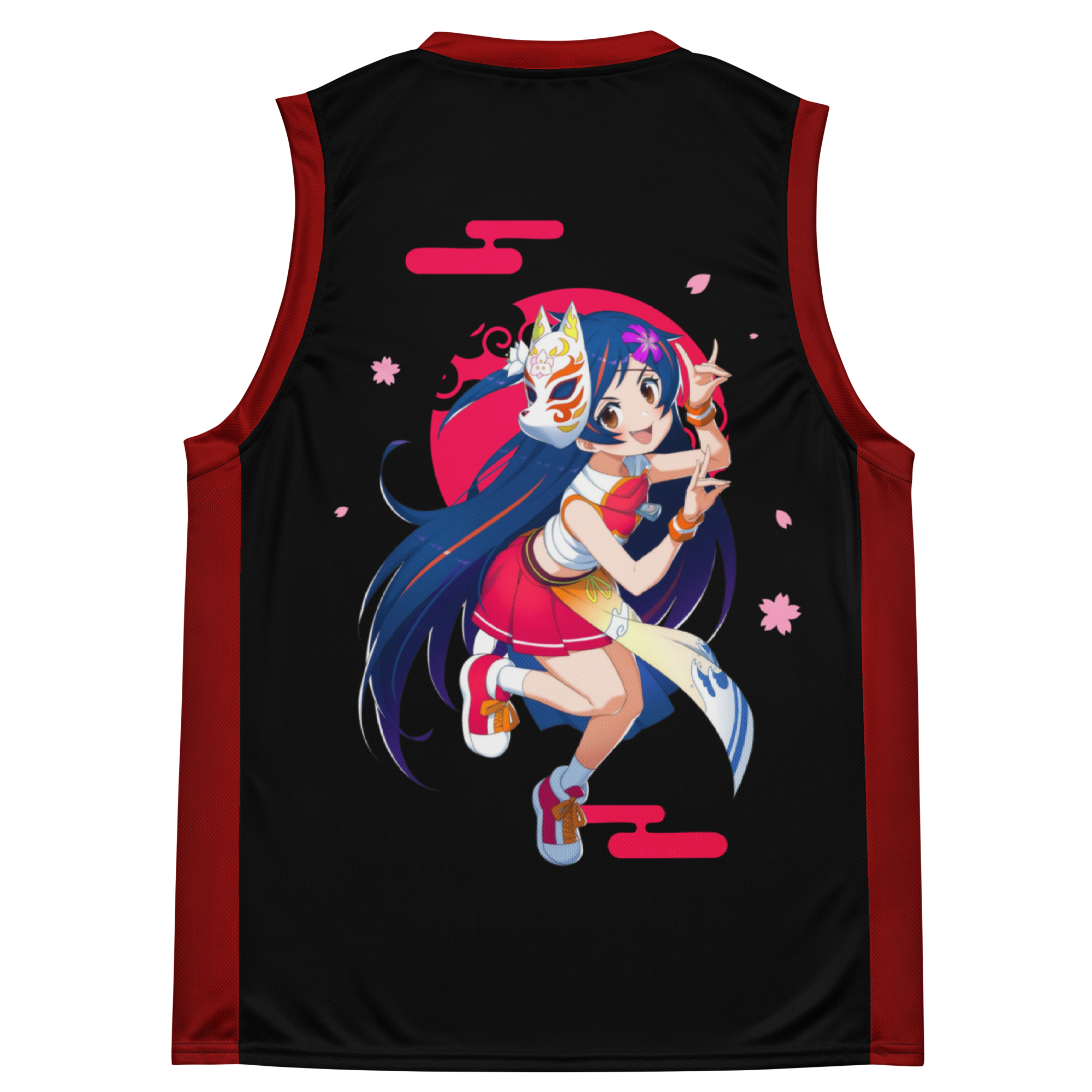
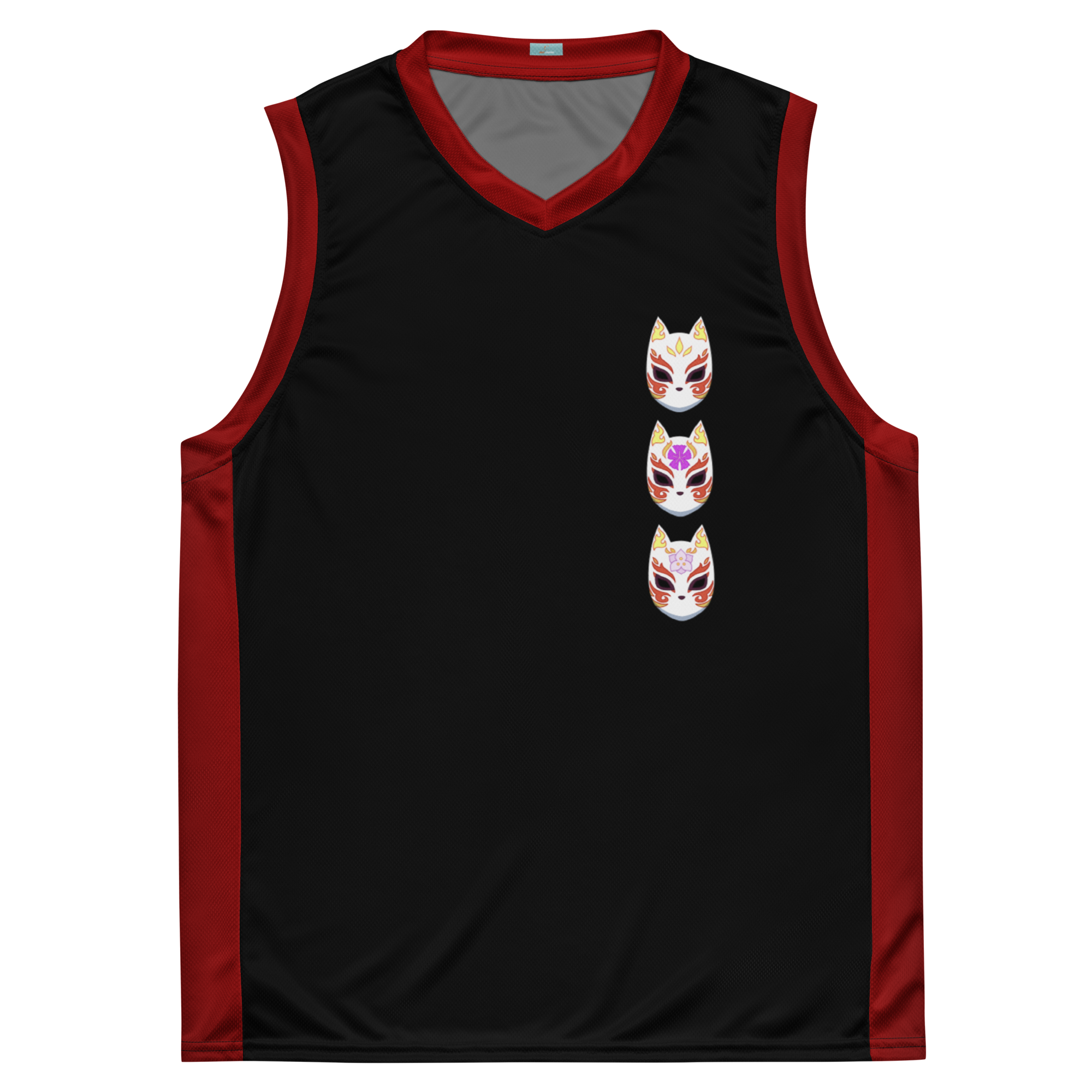
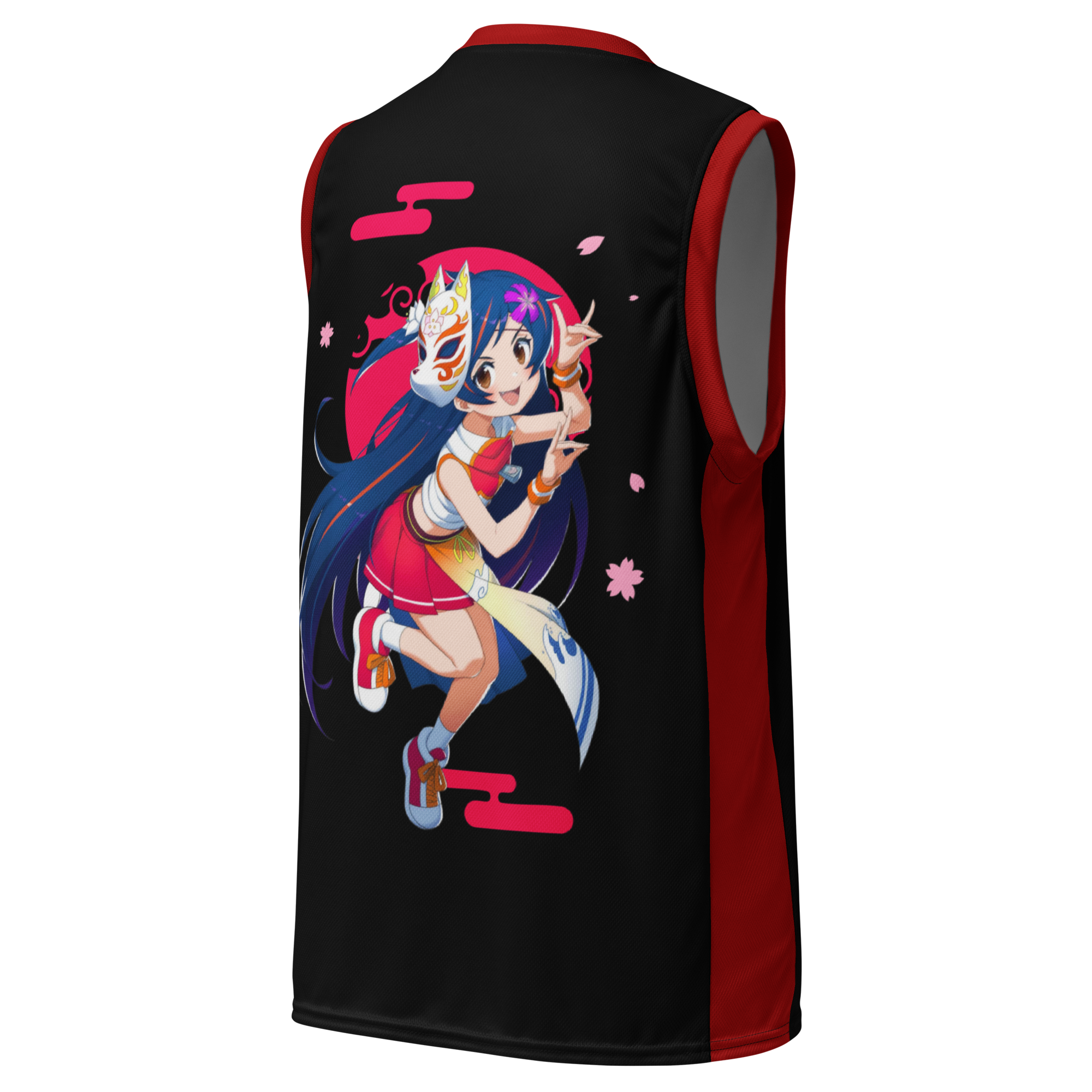
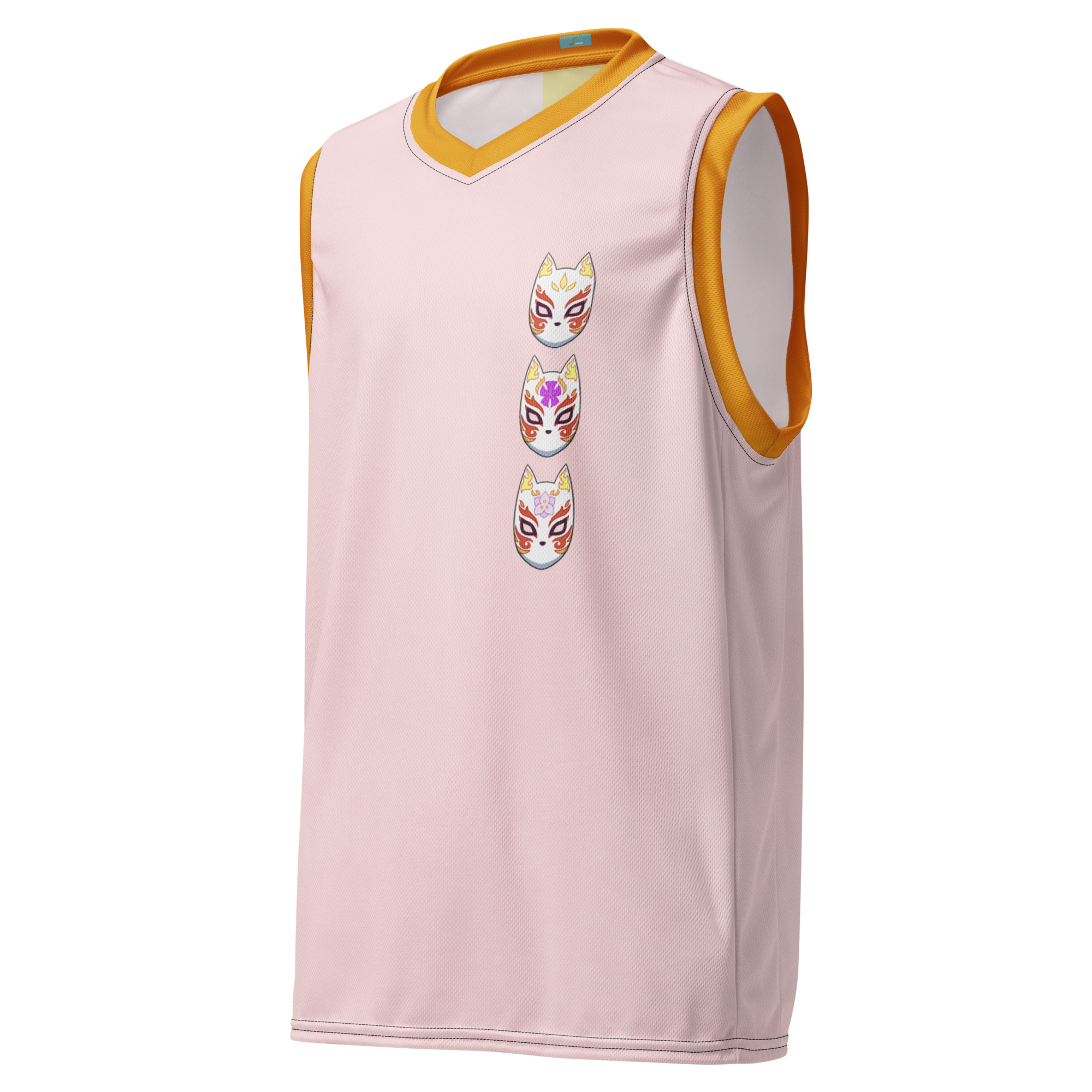
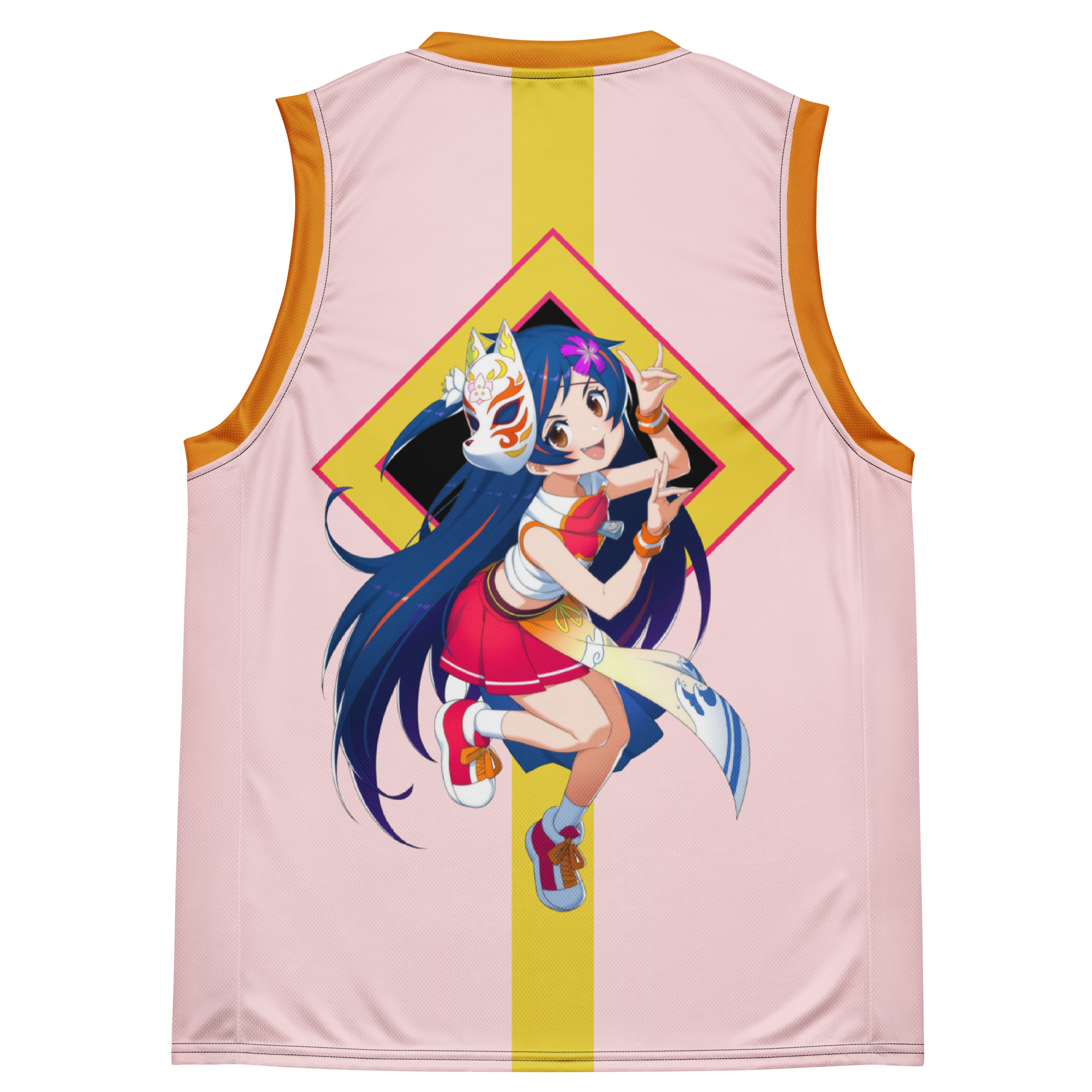
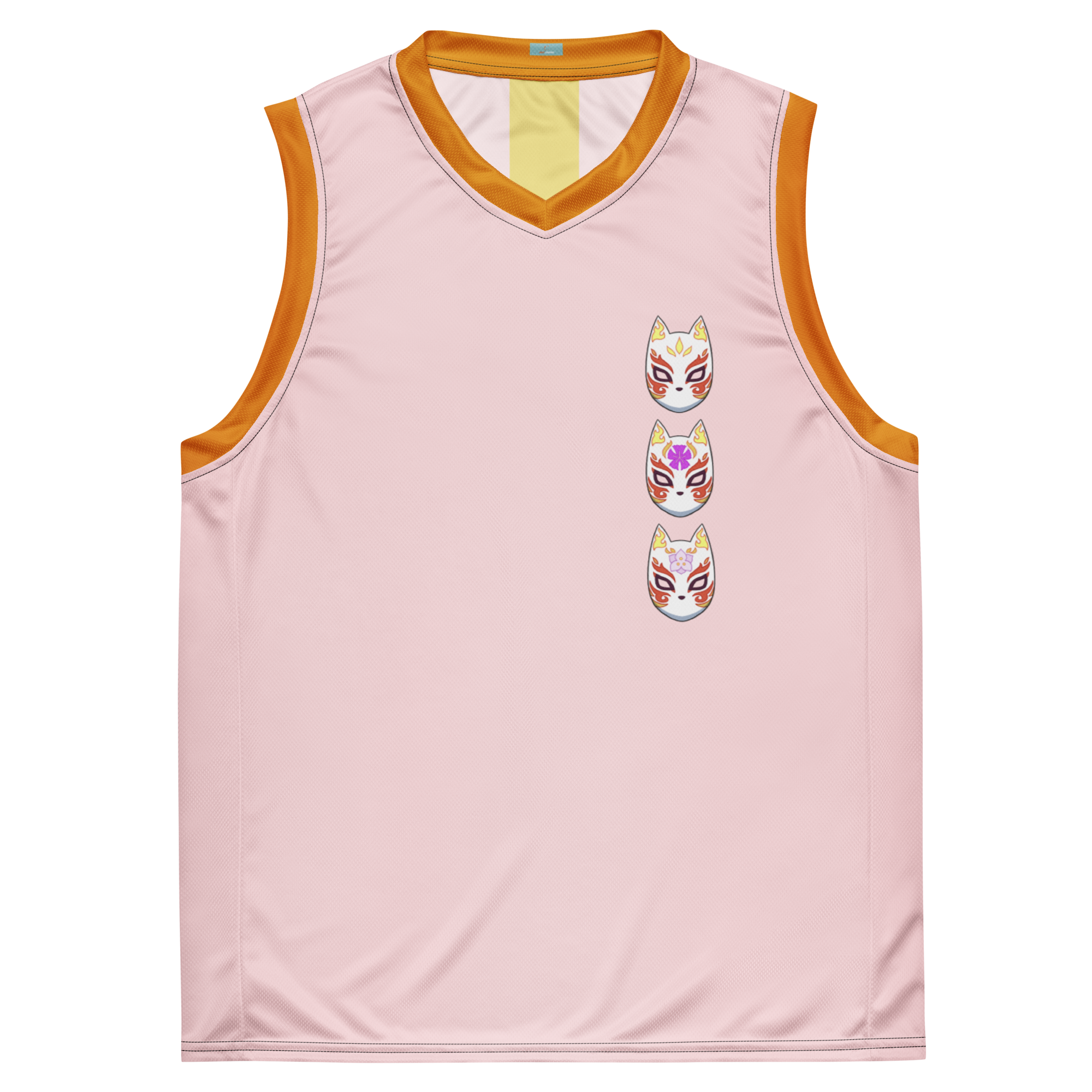
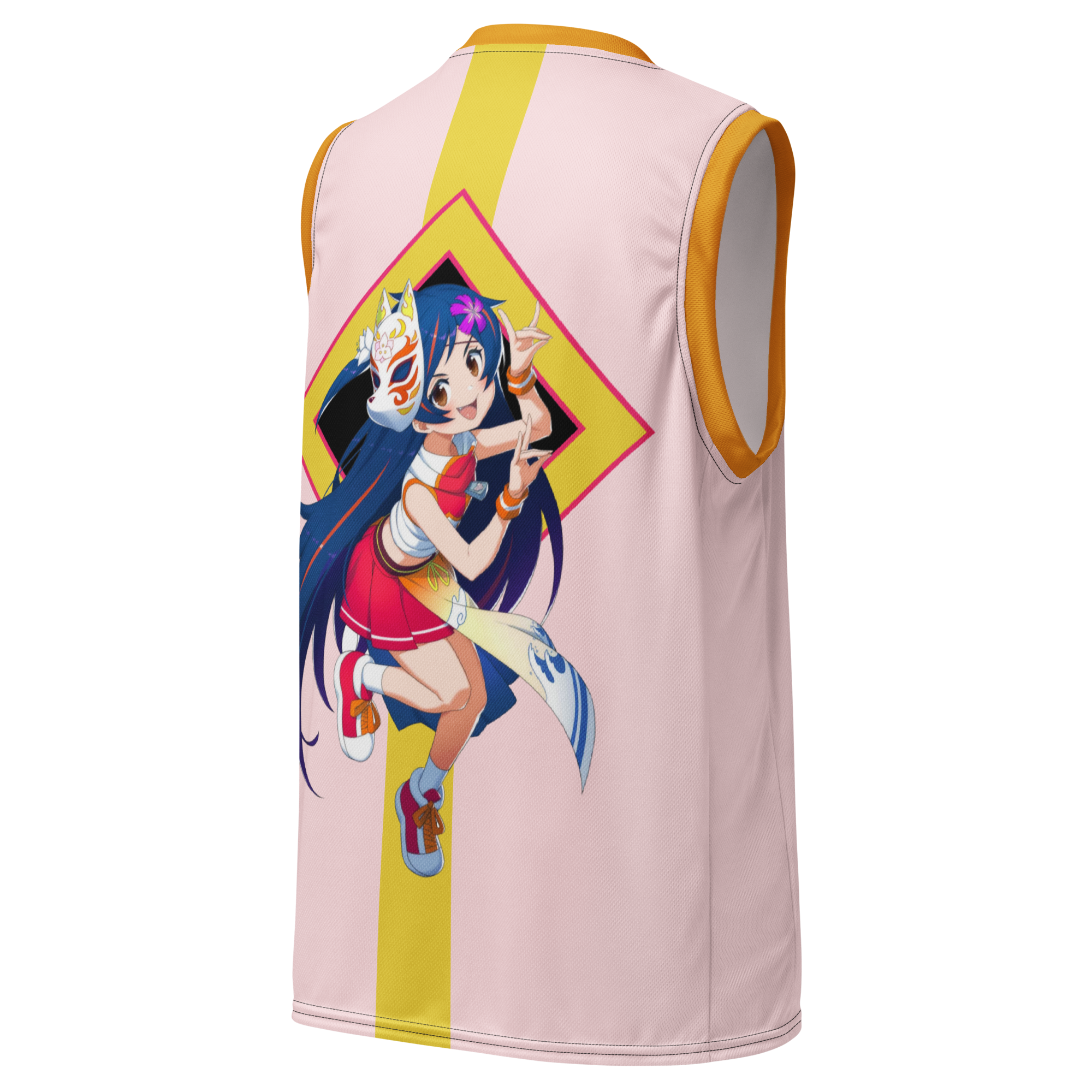
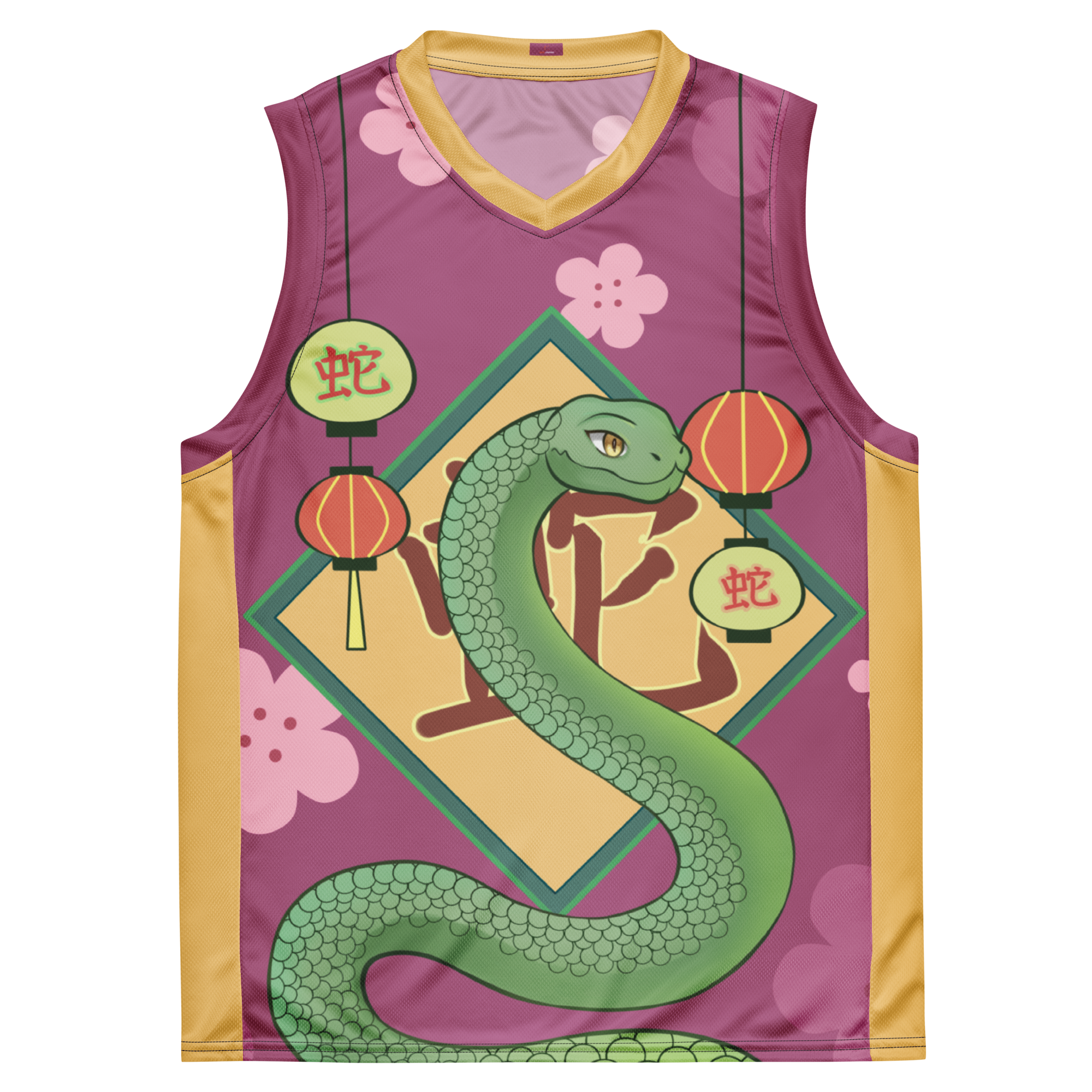
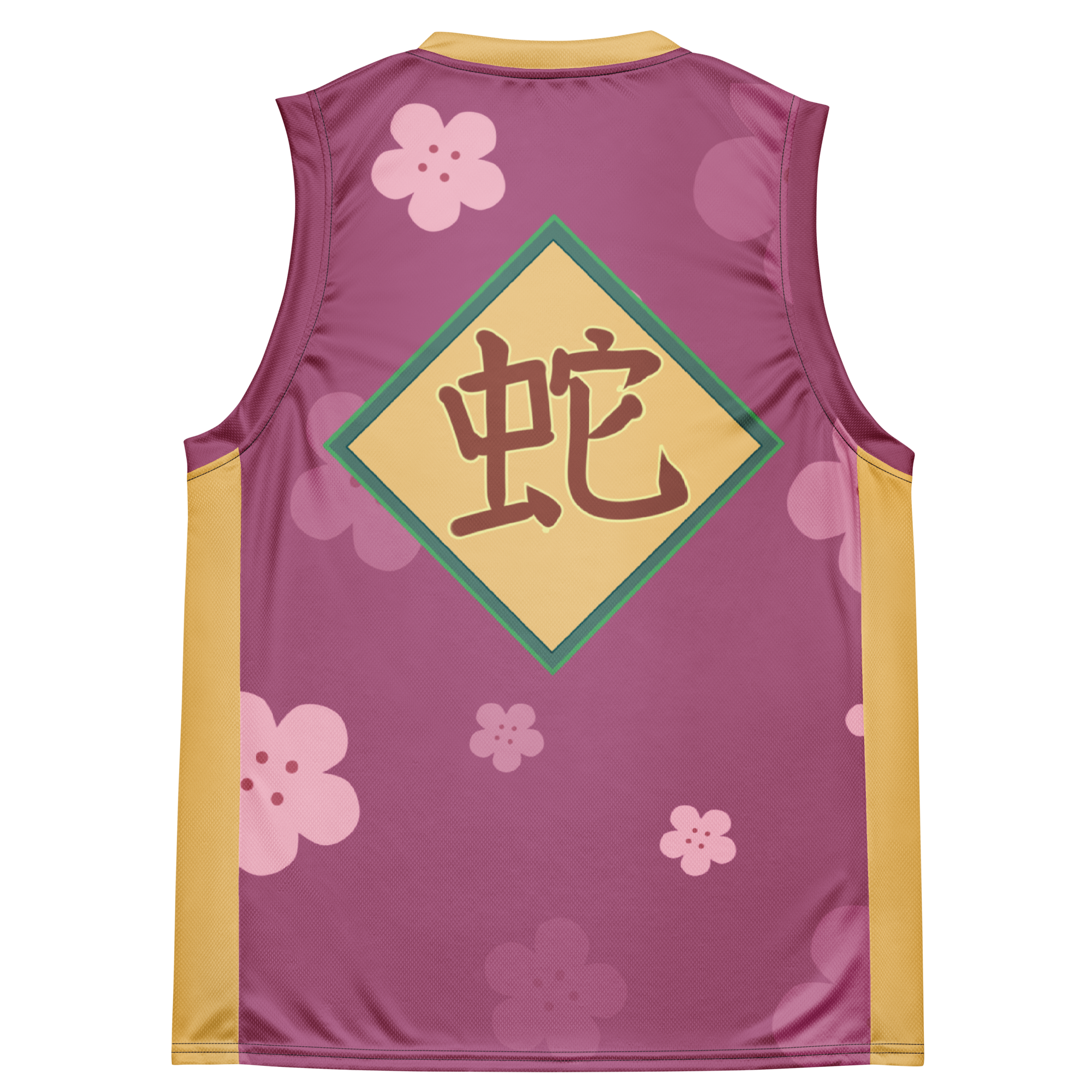
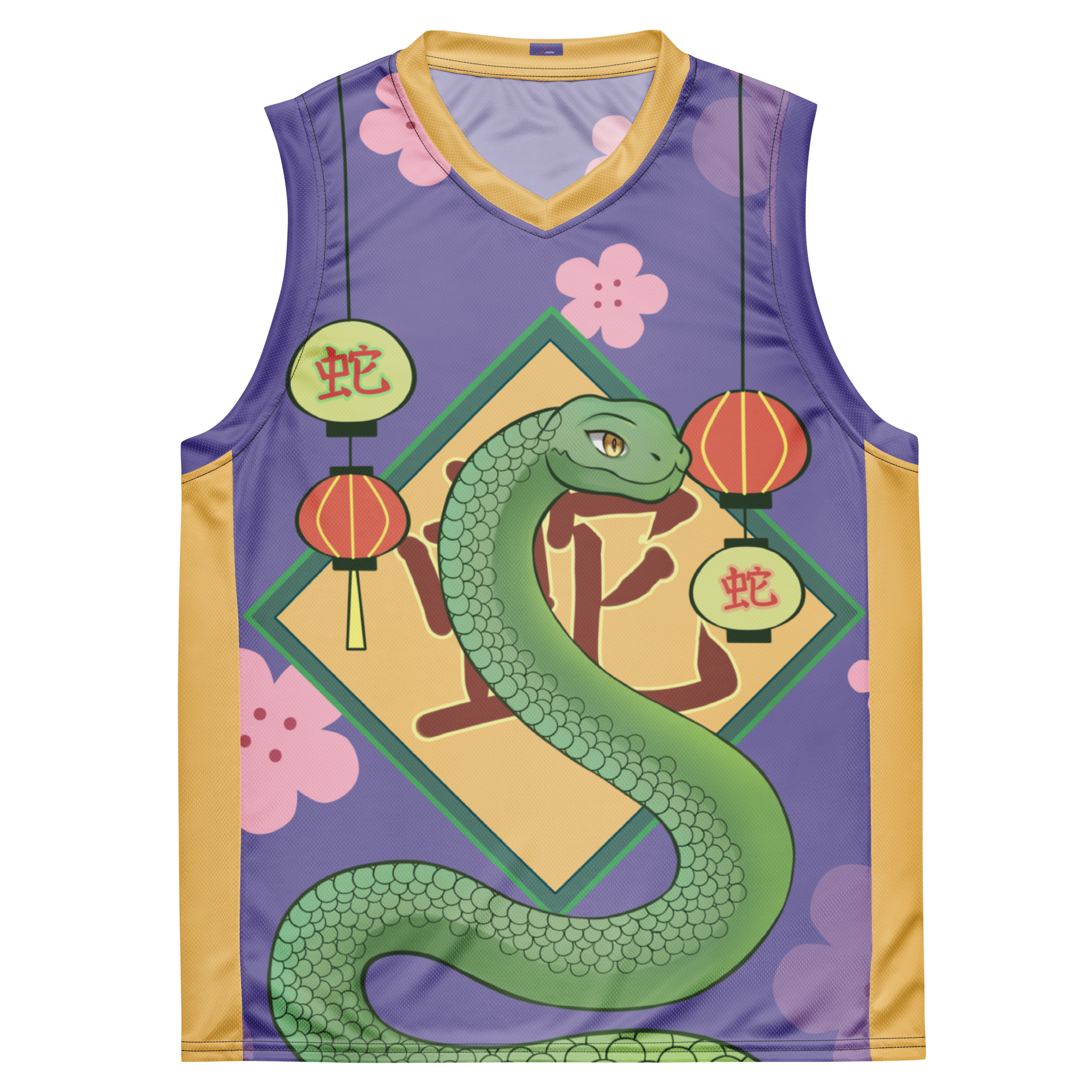
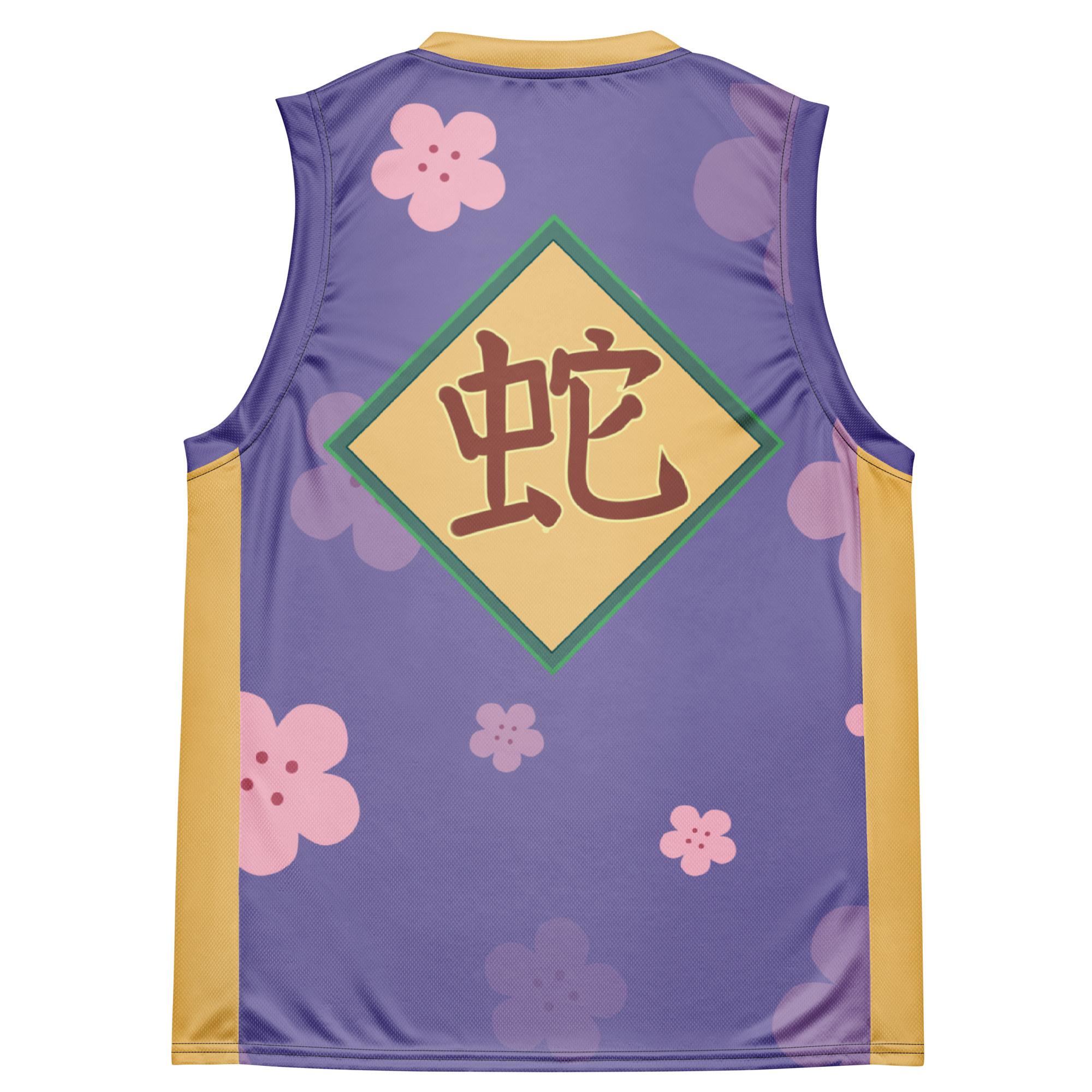
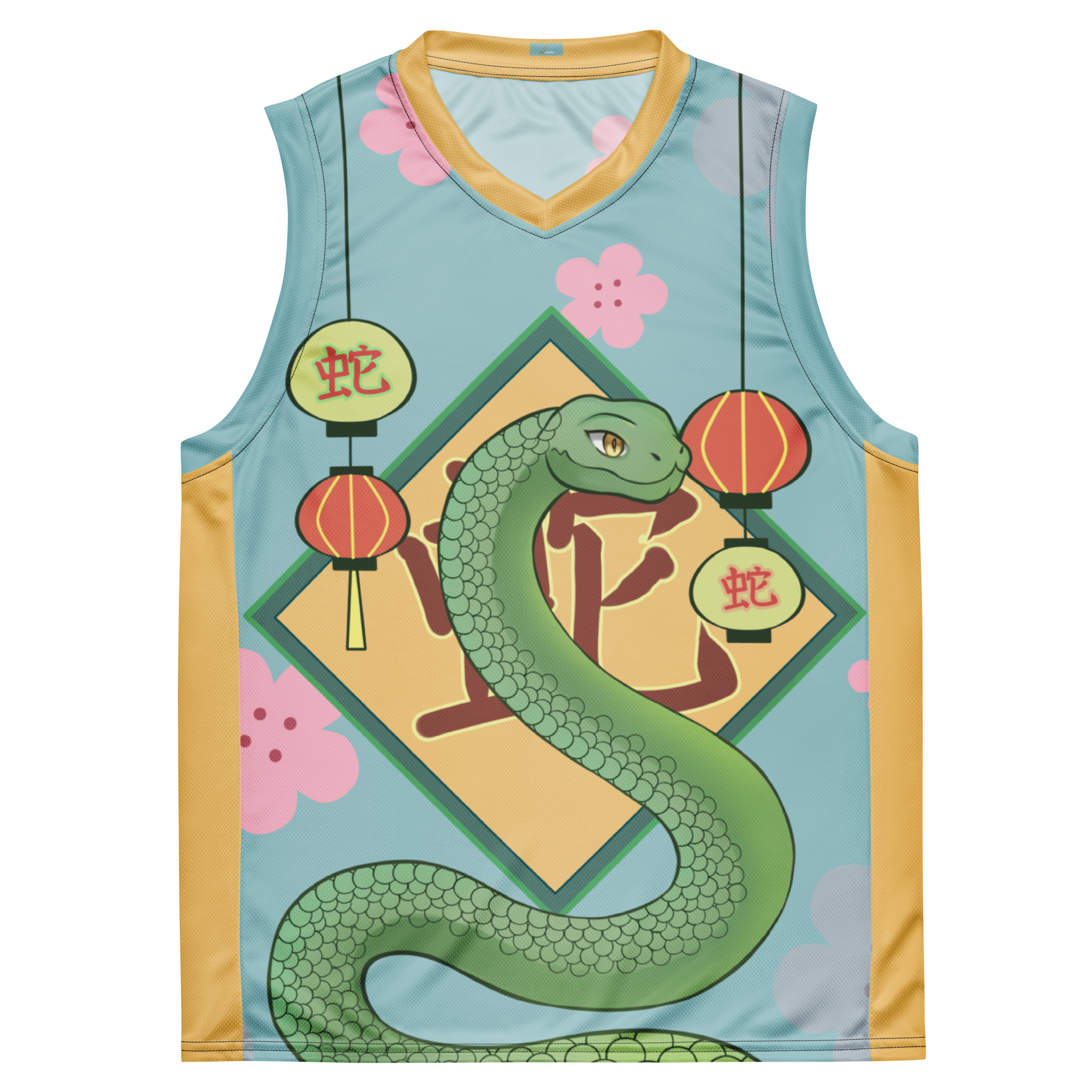
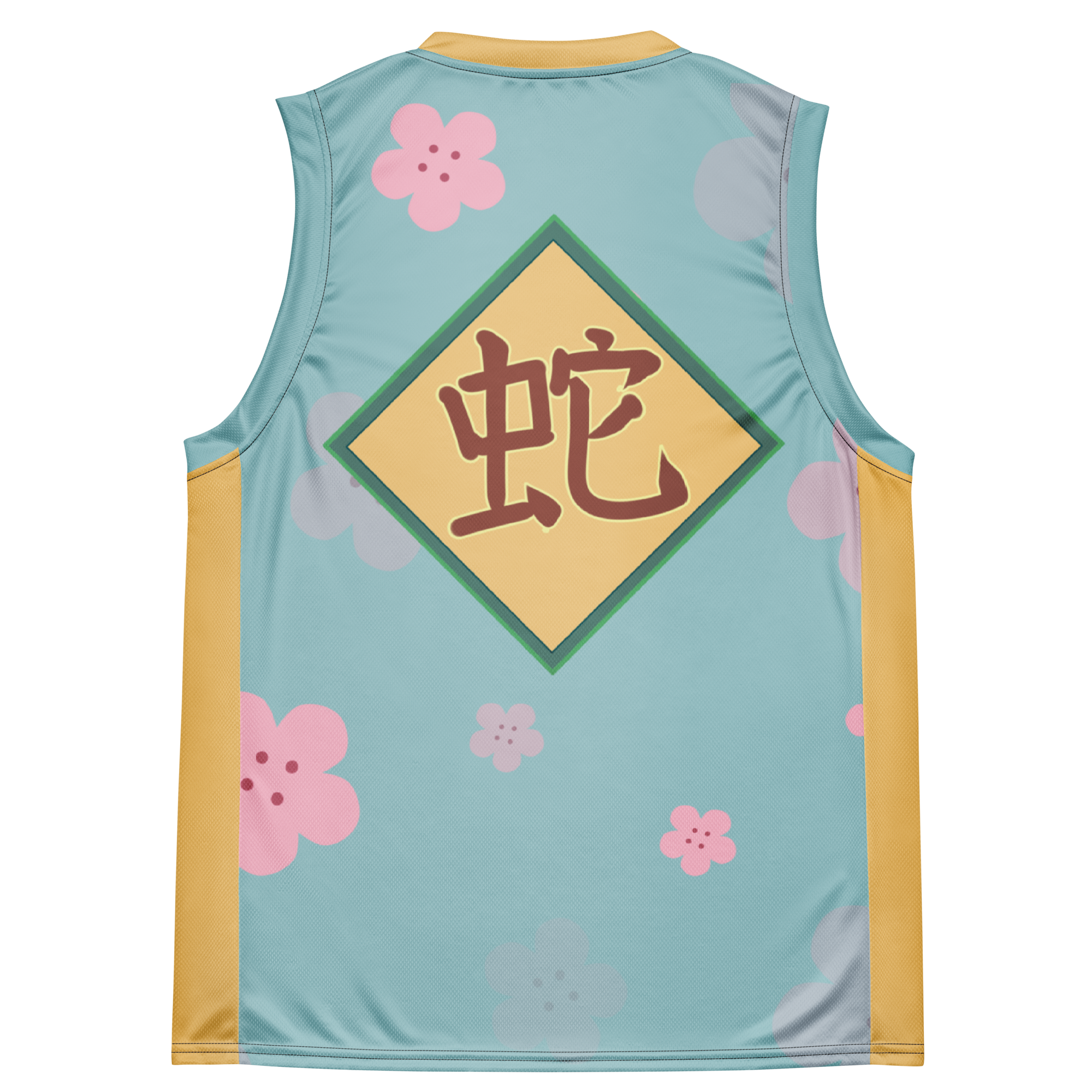
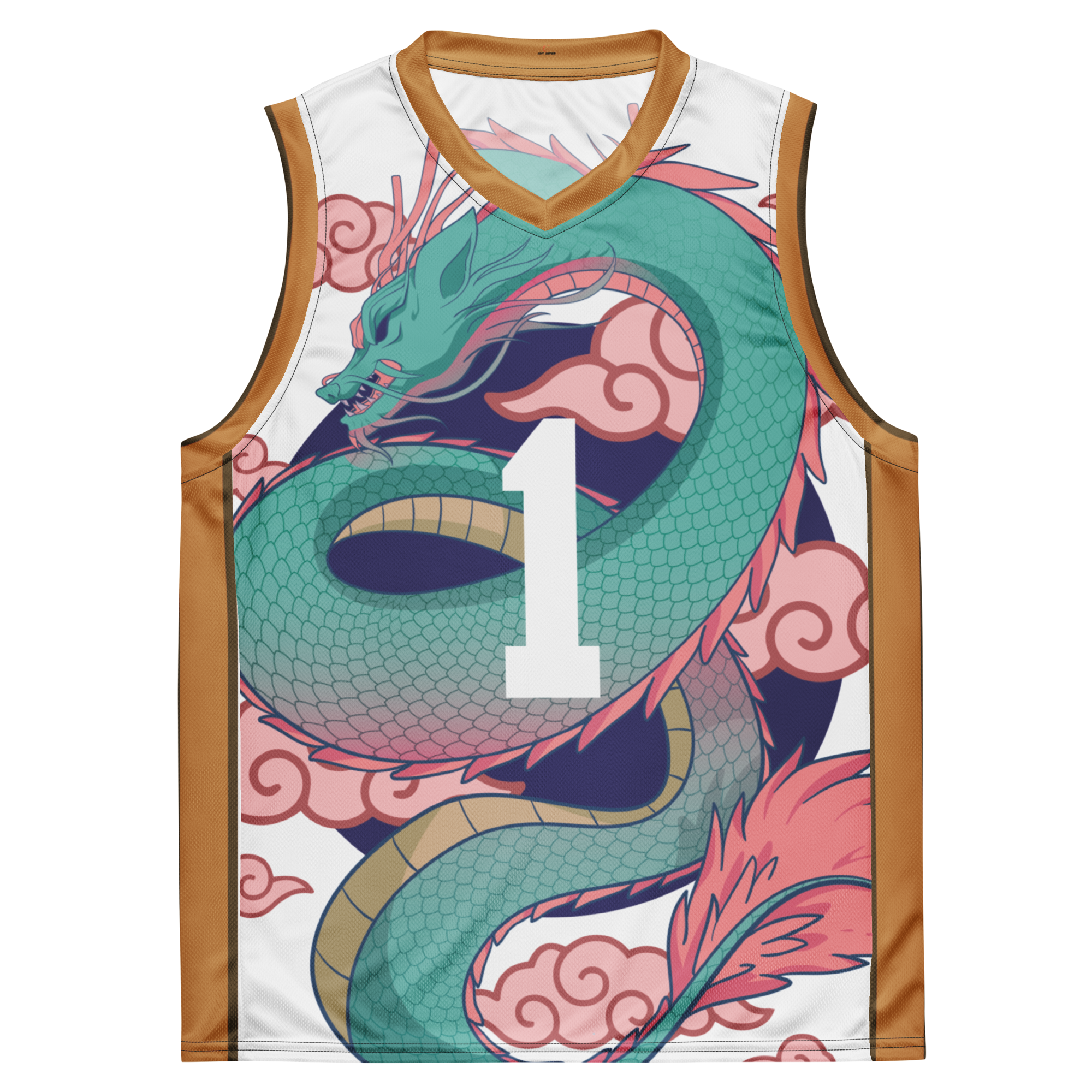
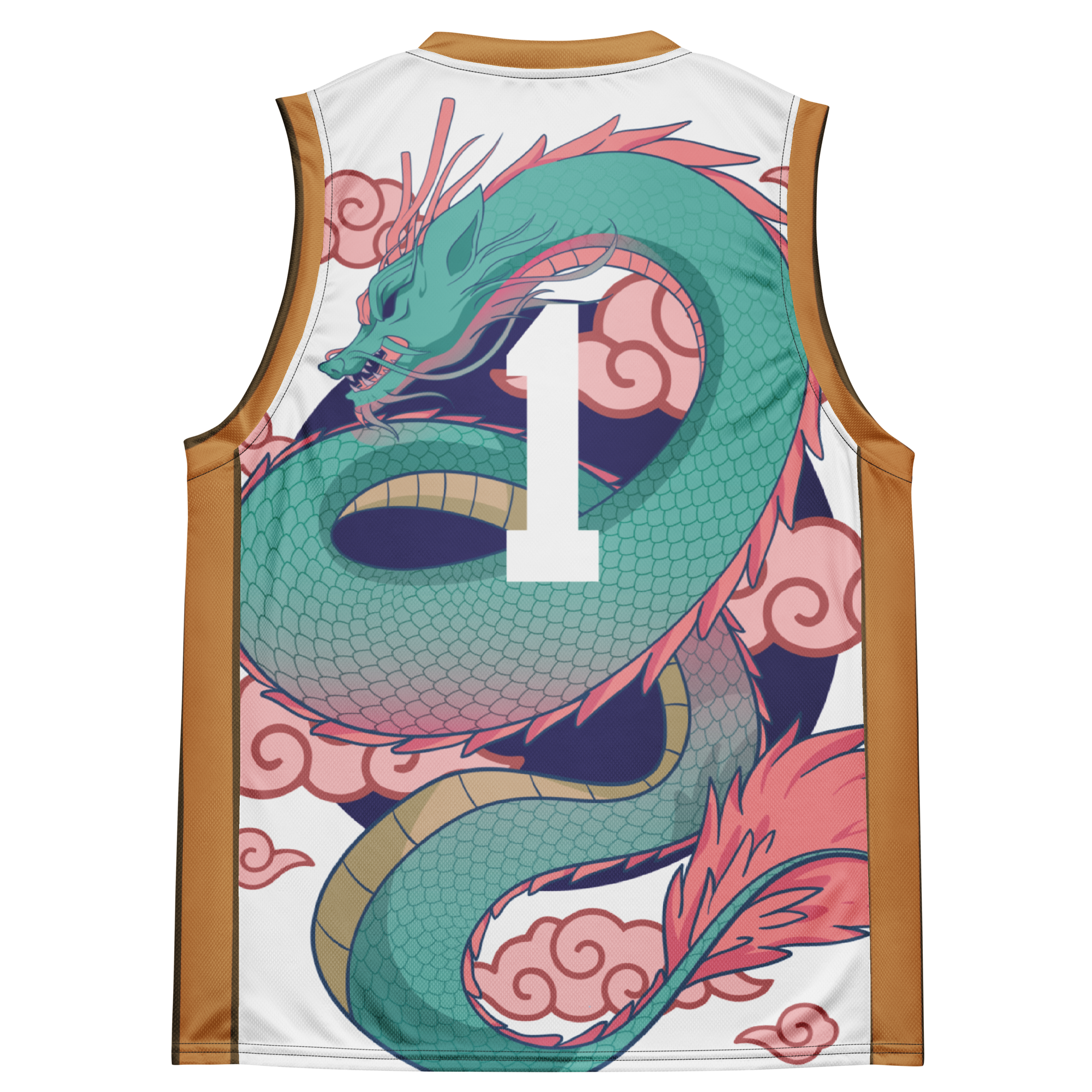
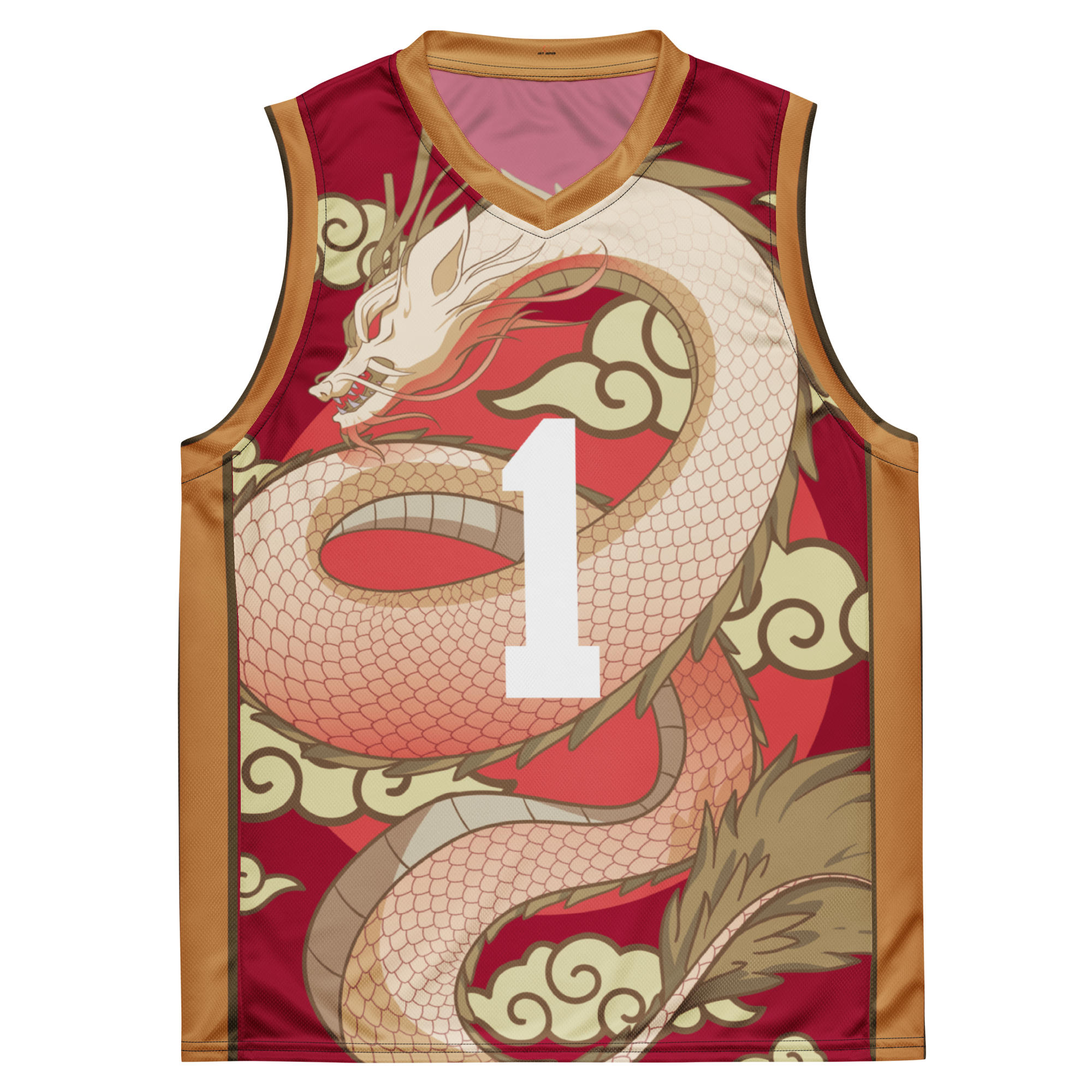
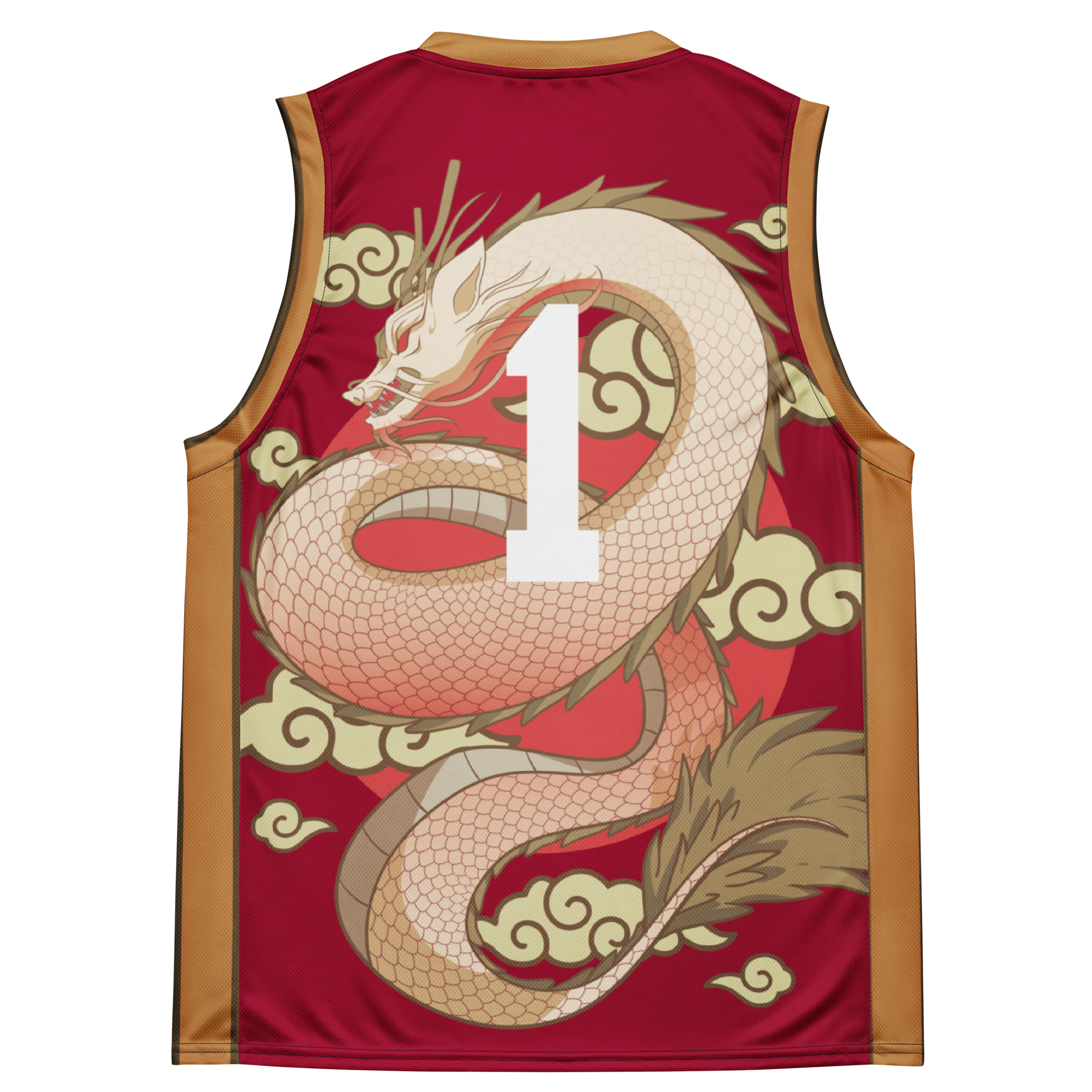
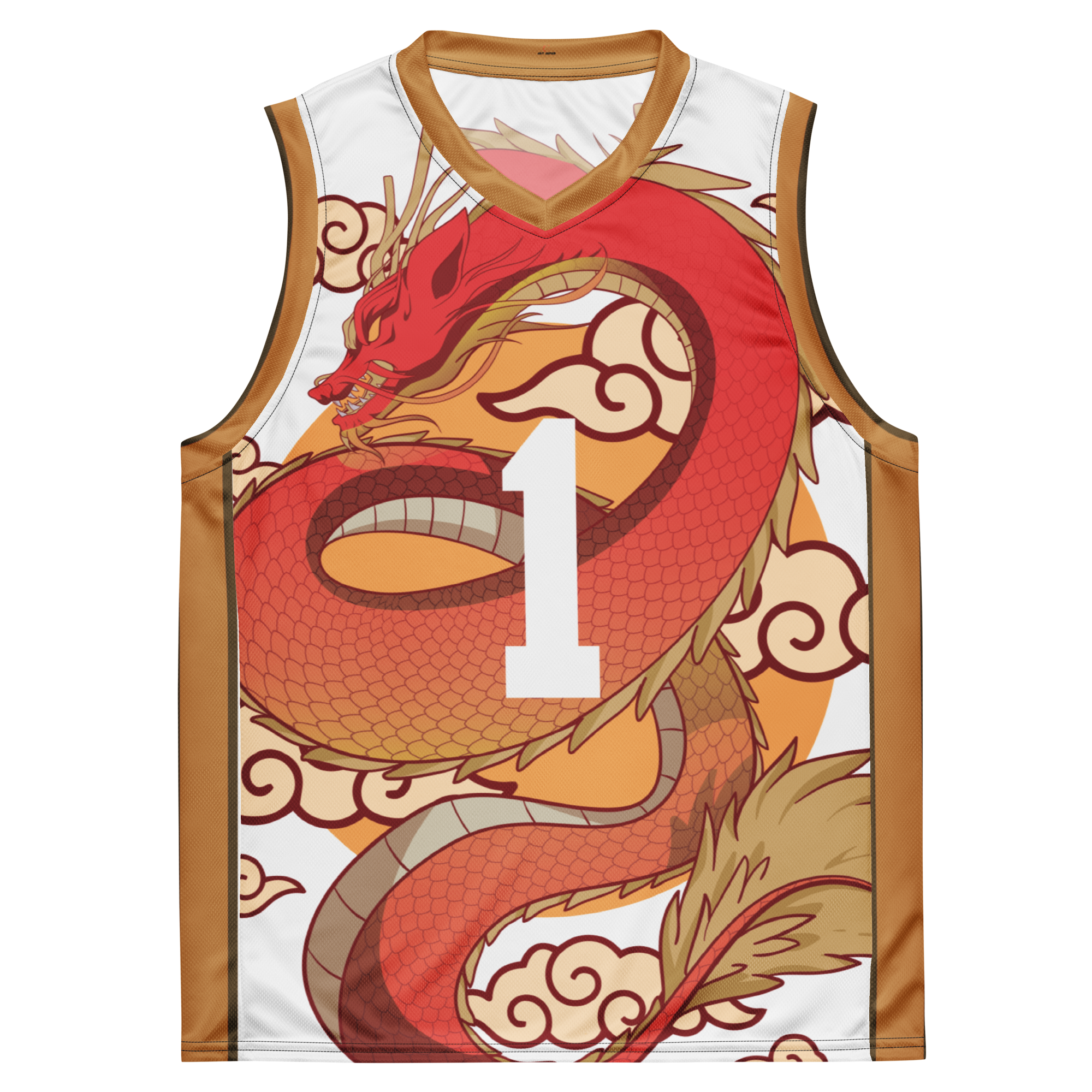
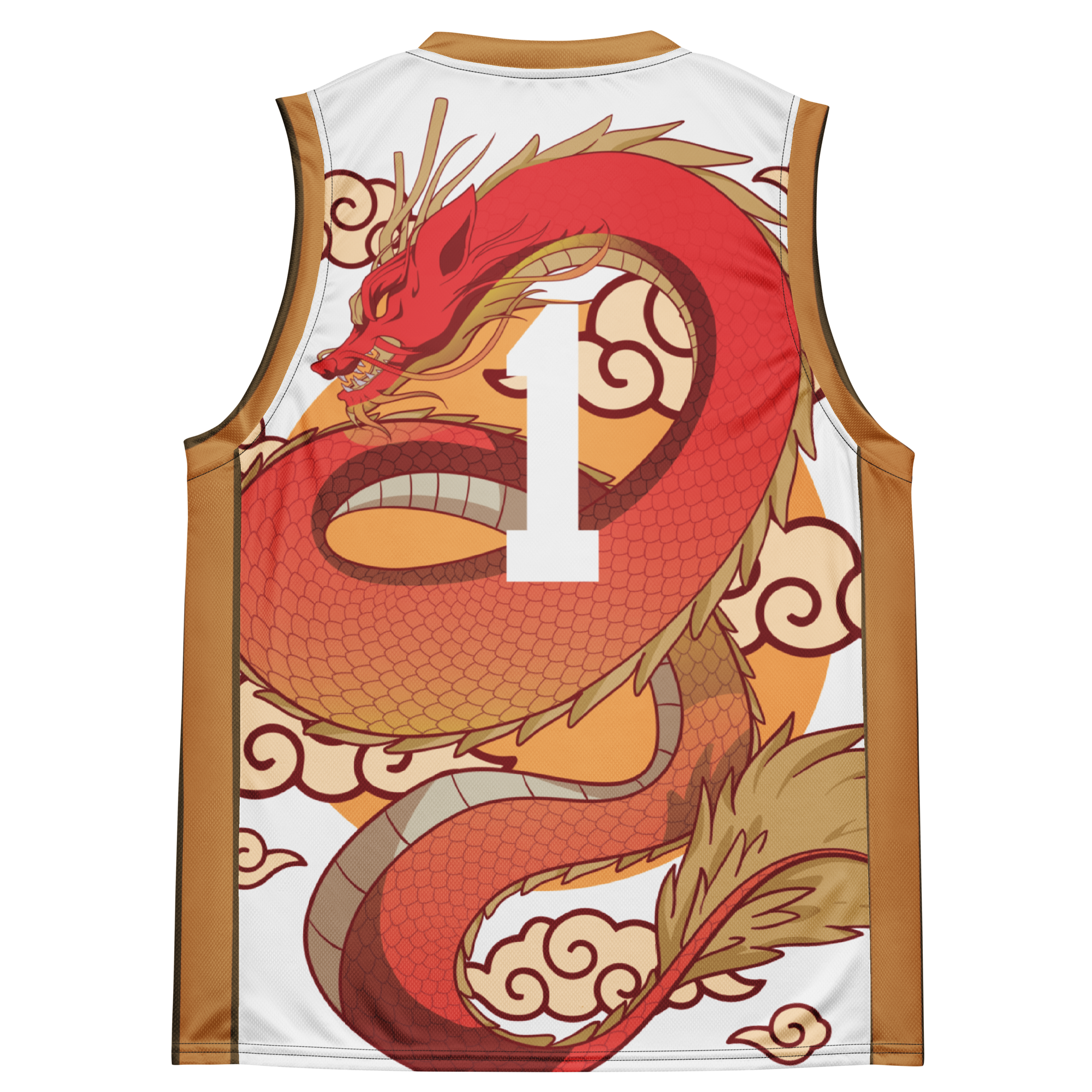

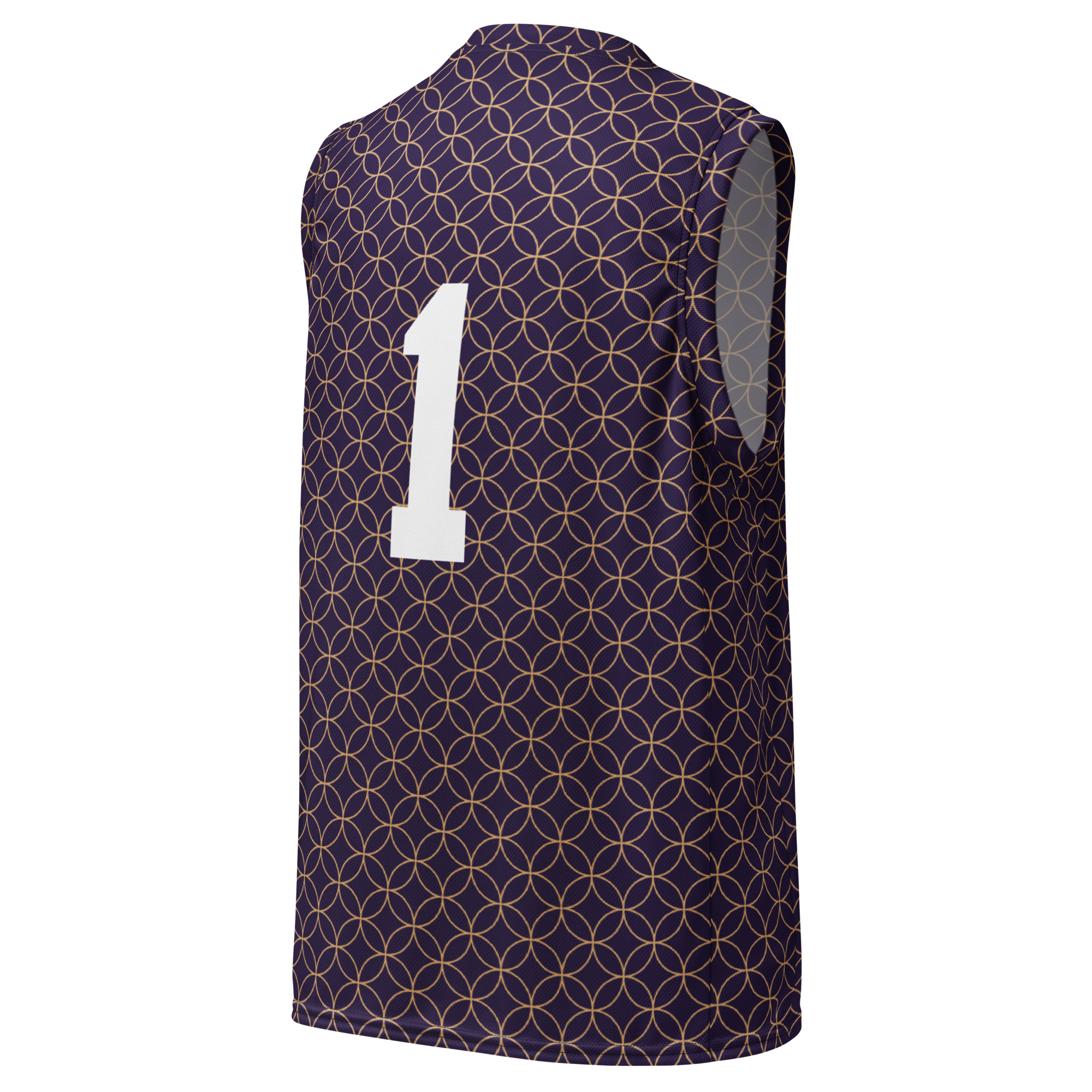
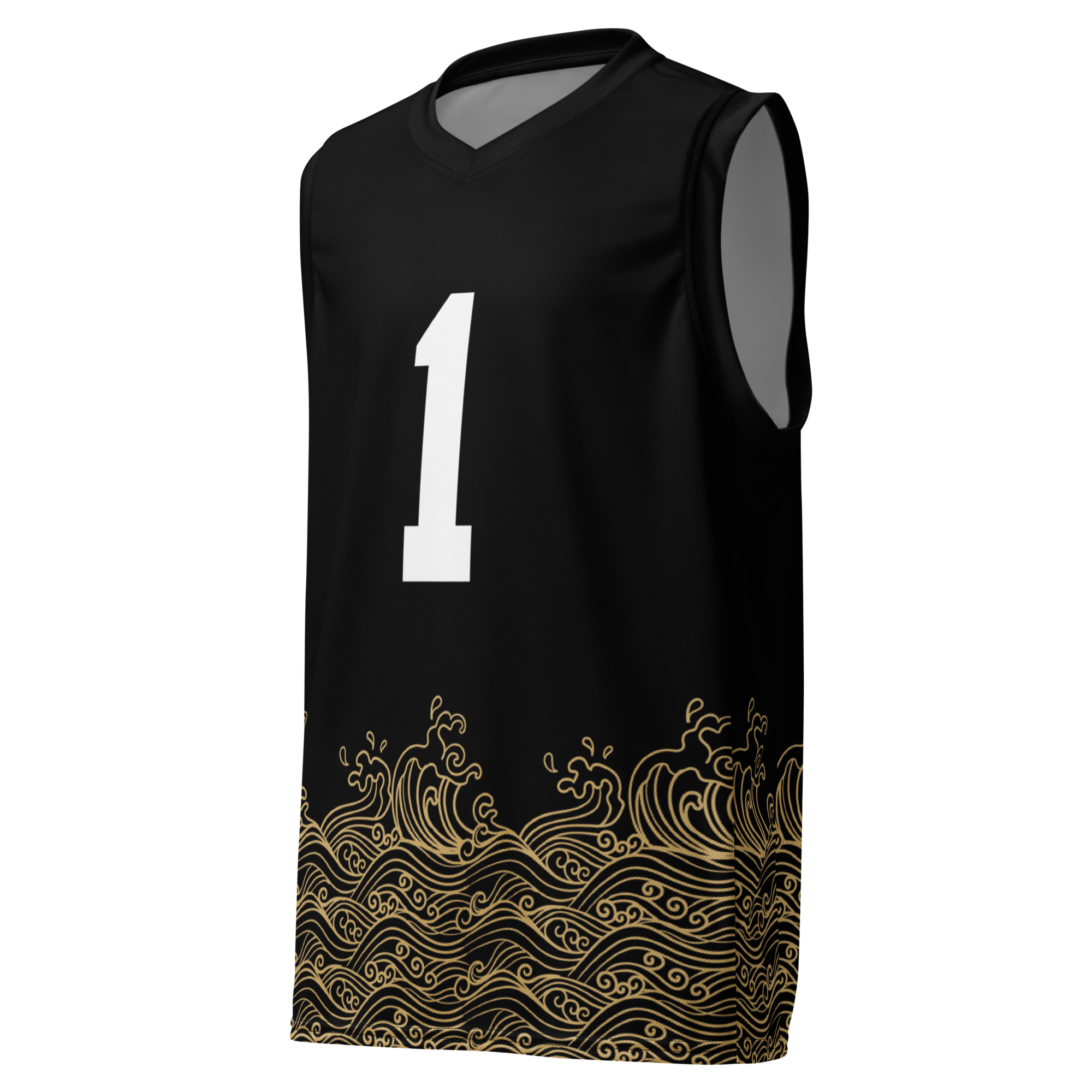
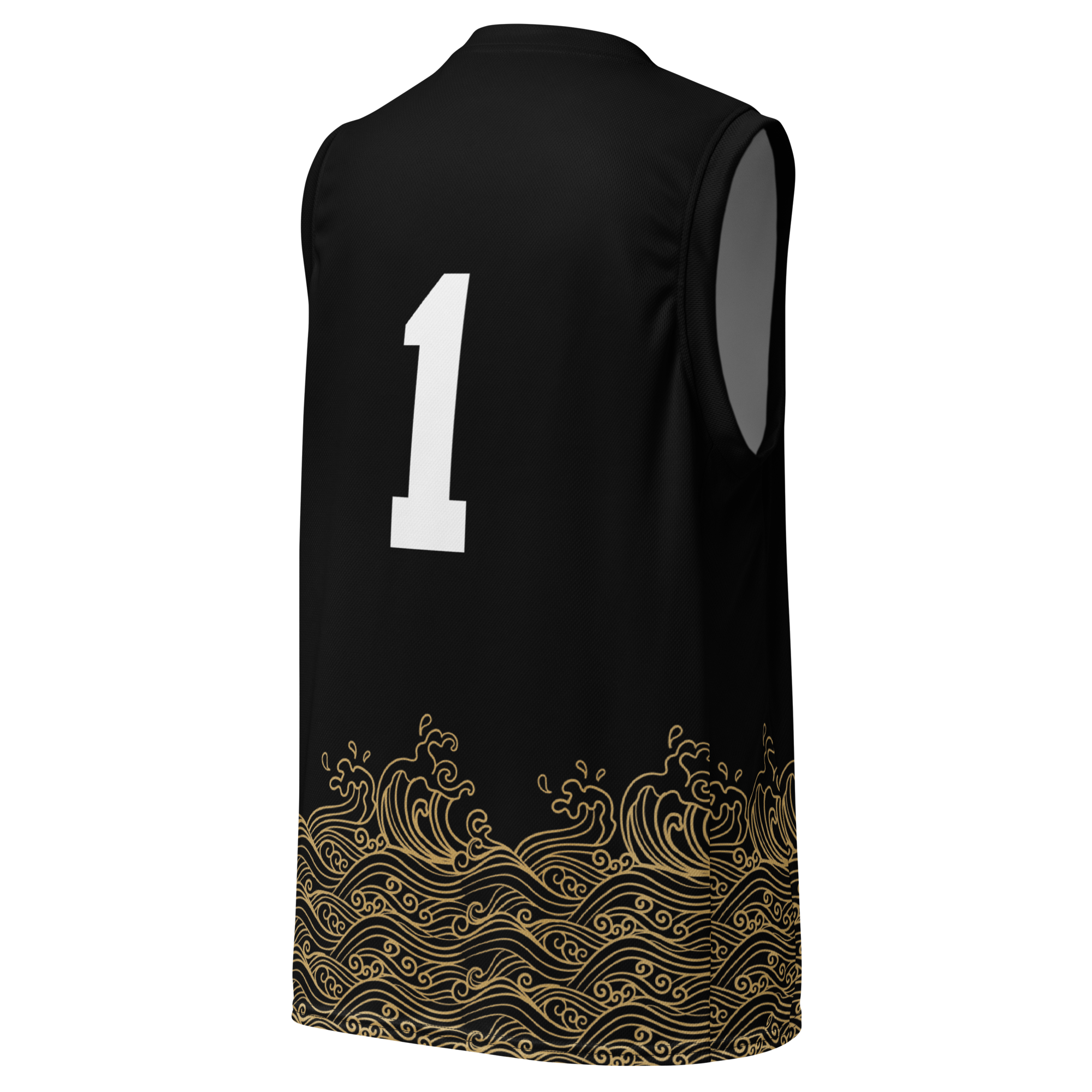
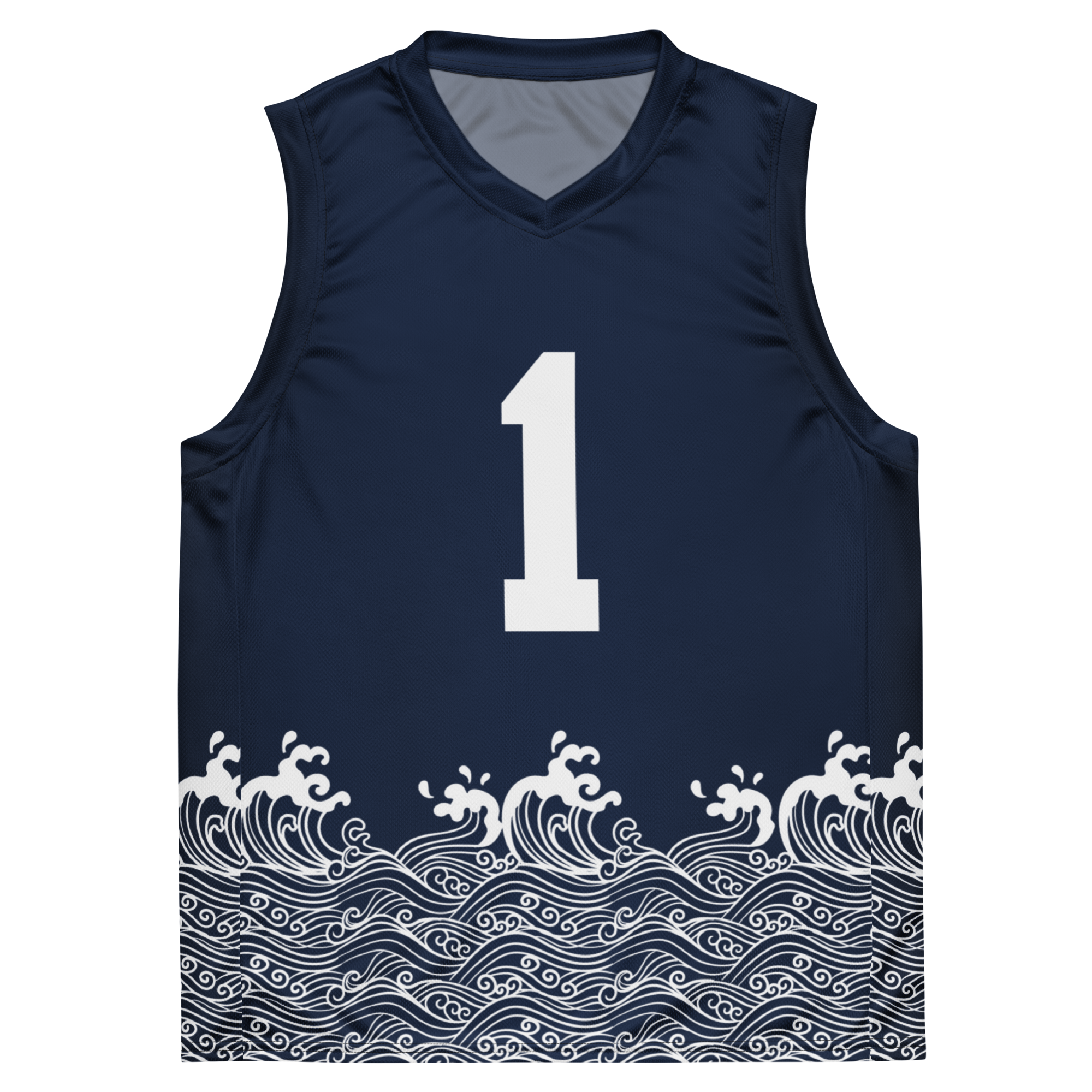
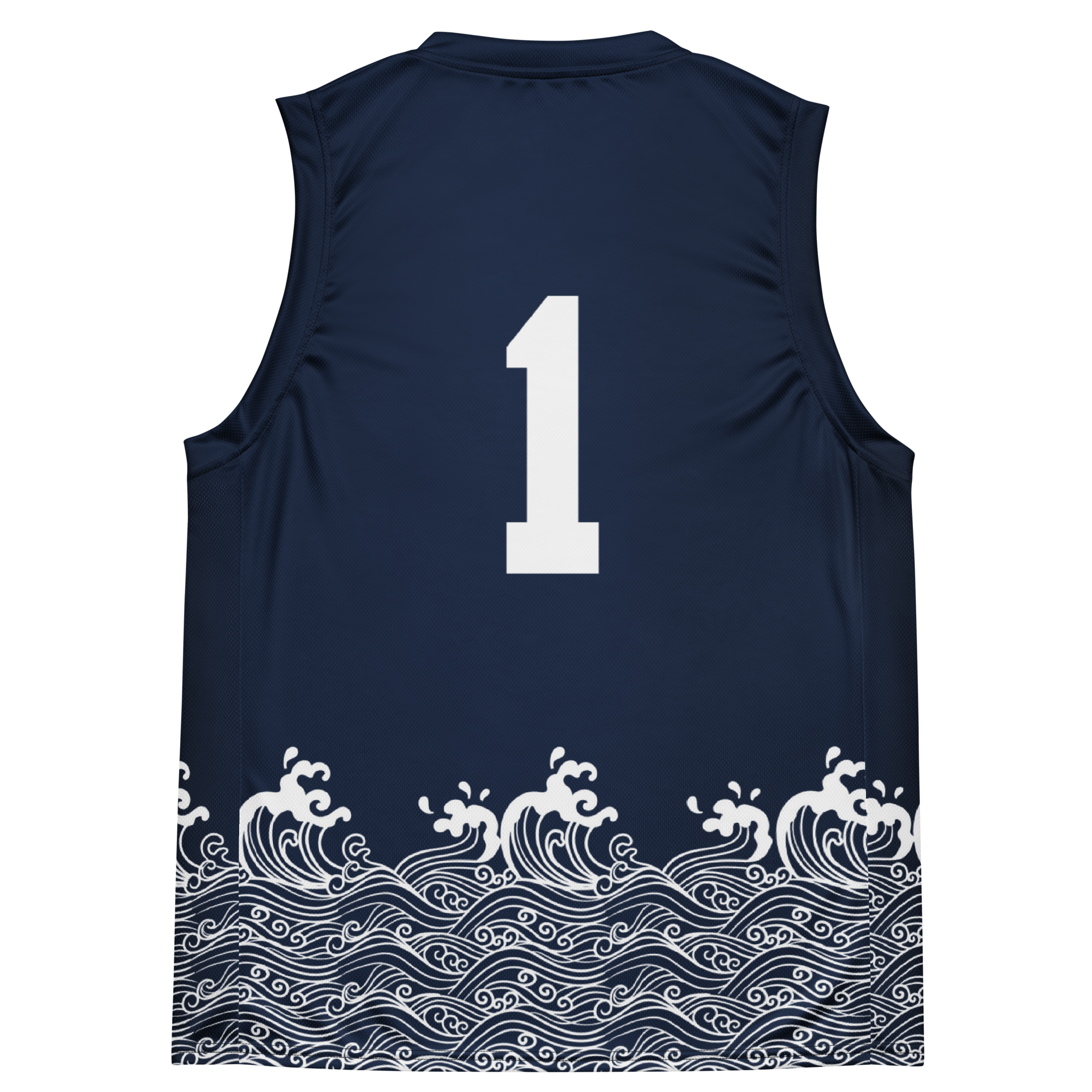
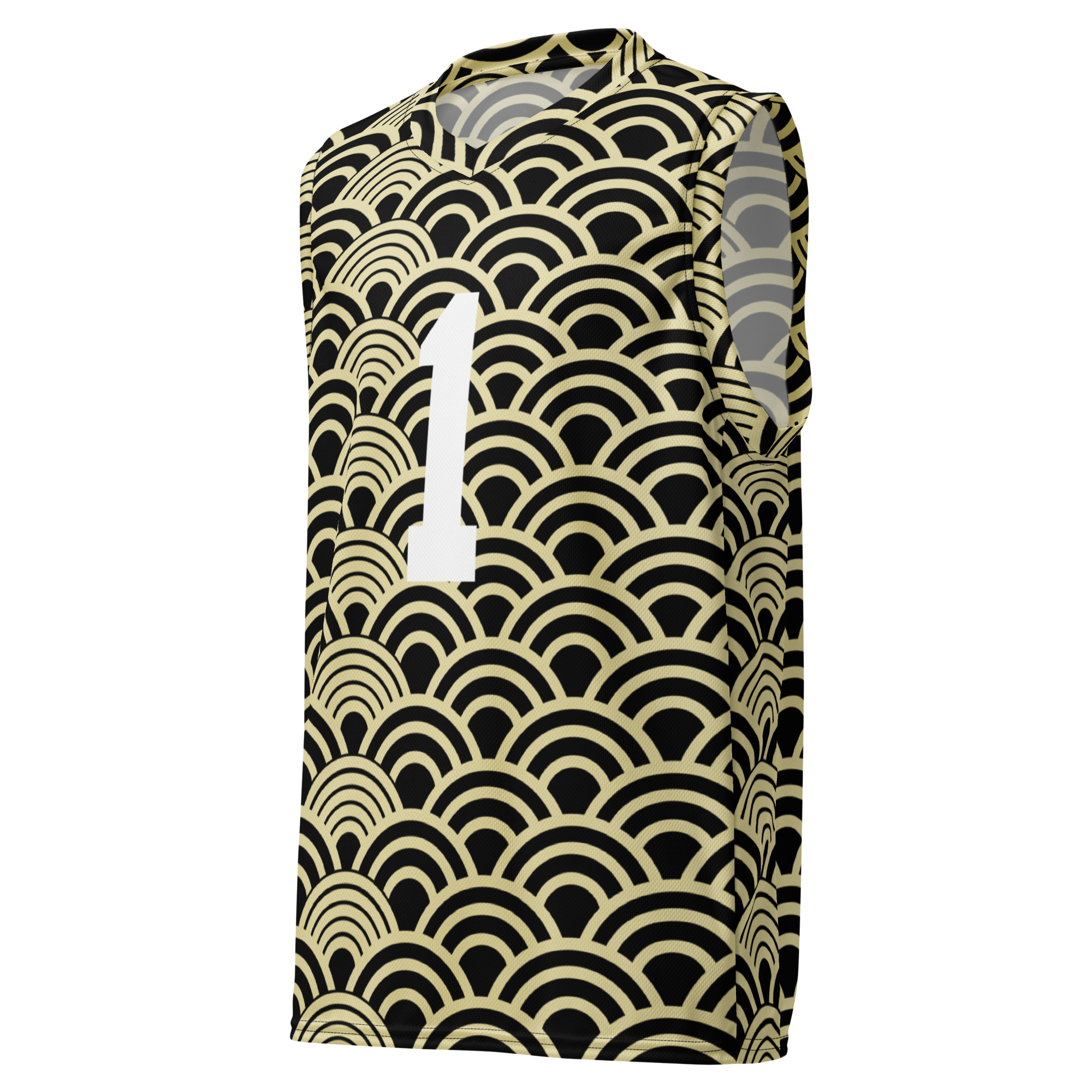
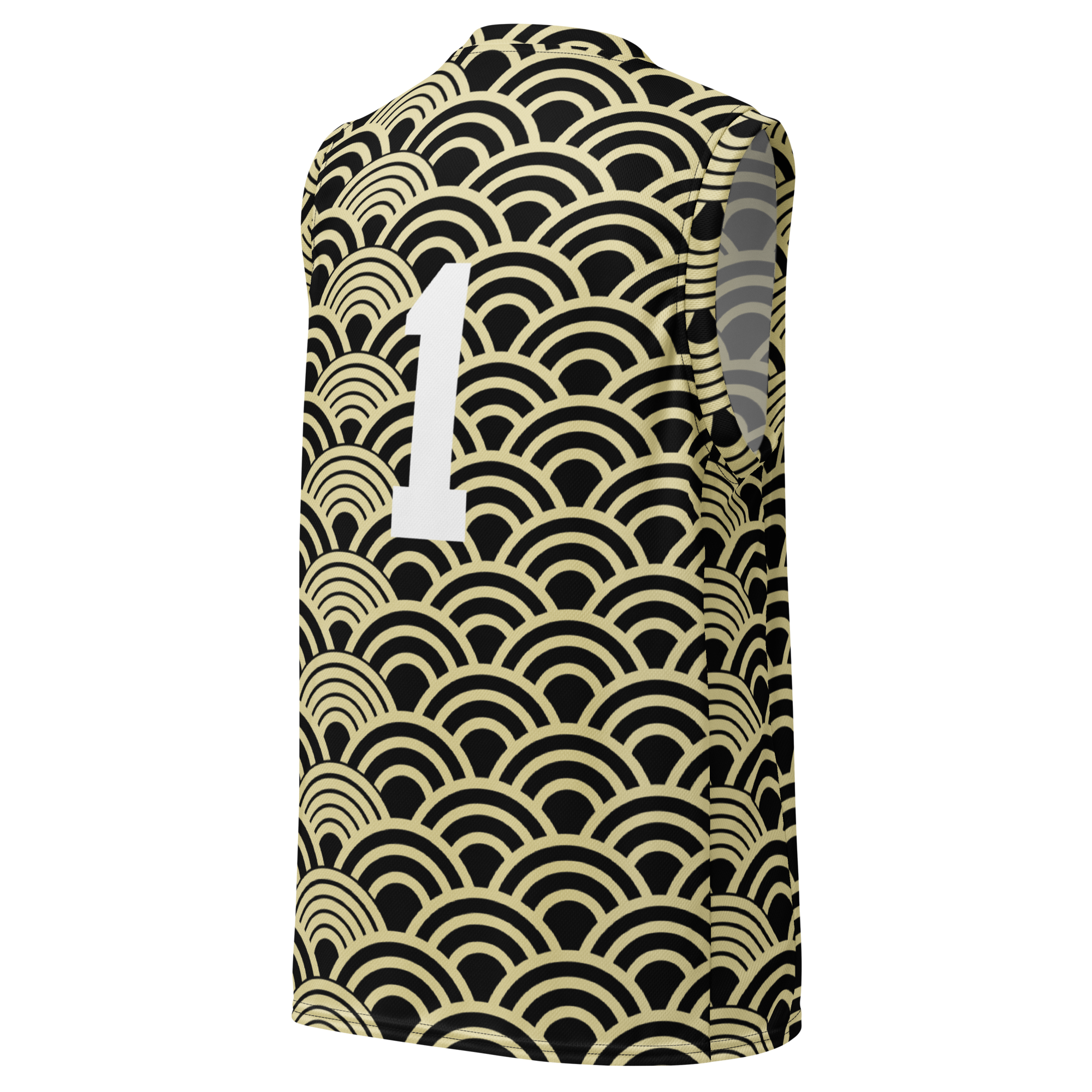
Dejar un comentario